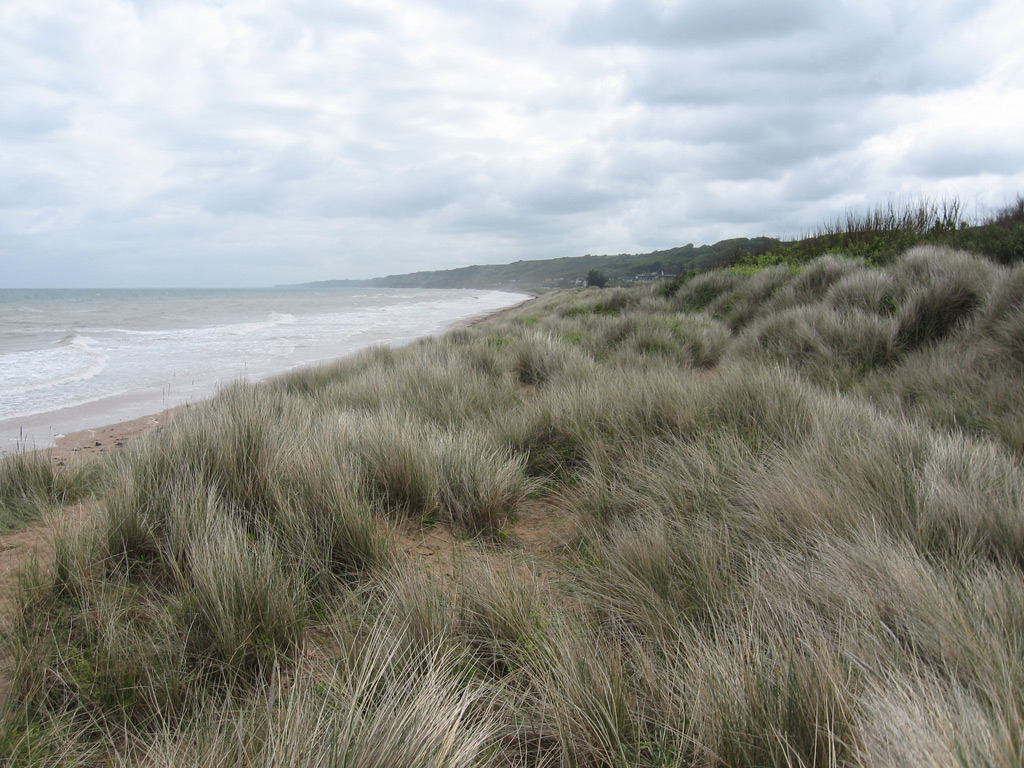
Omaha Beach.
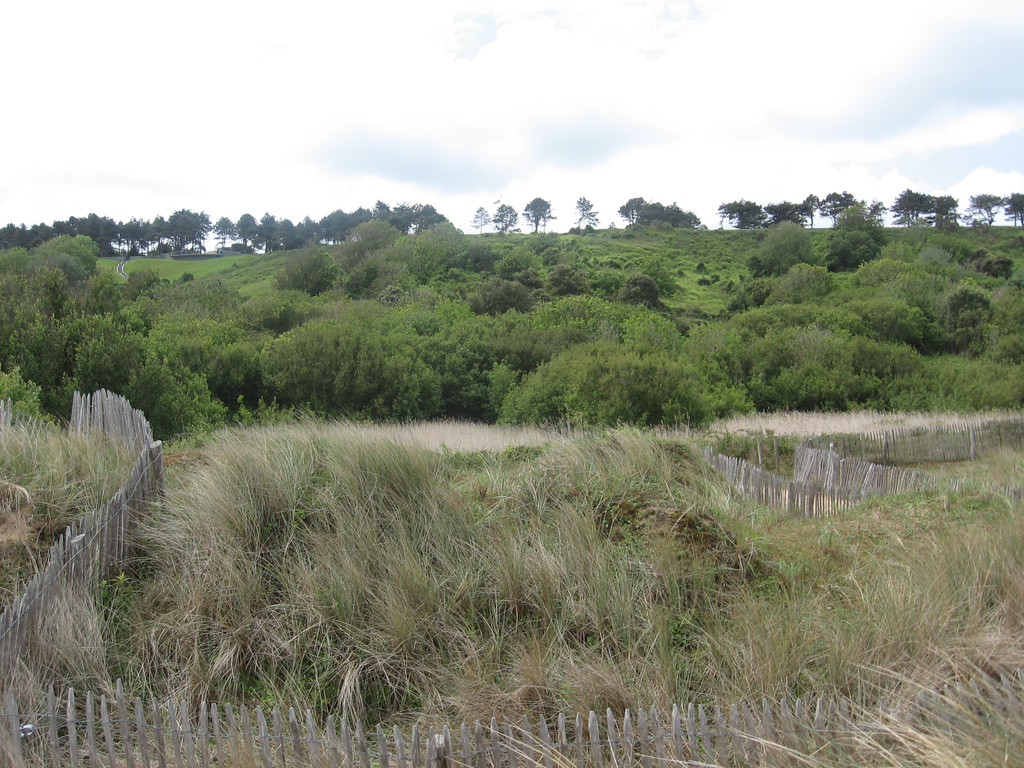
The bluff at Omaha Beach.
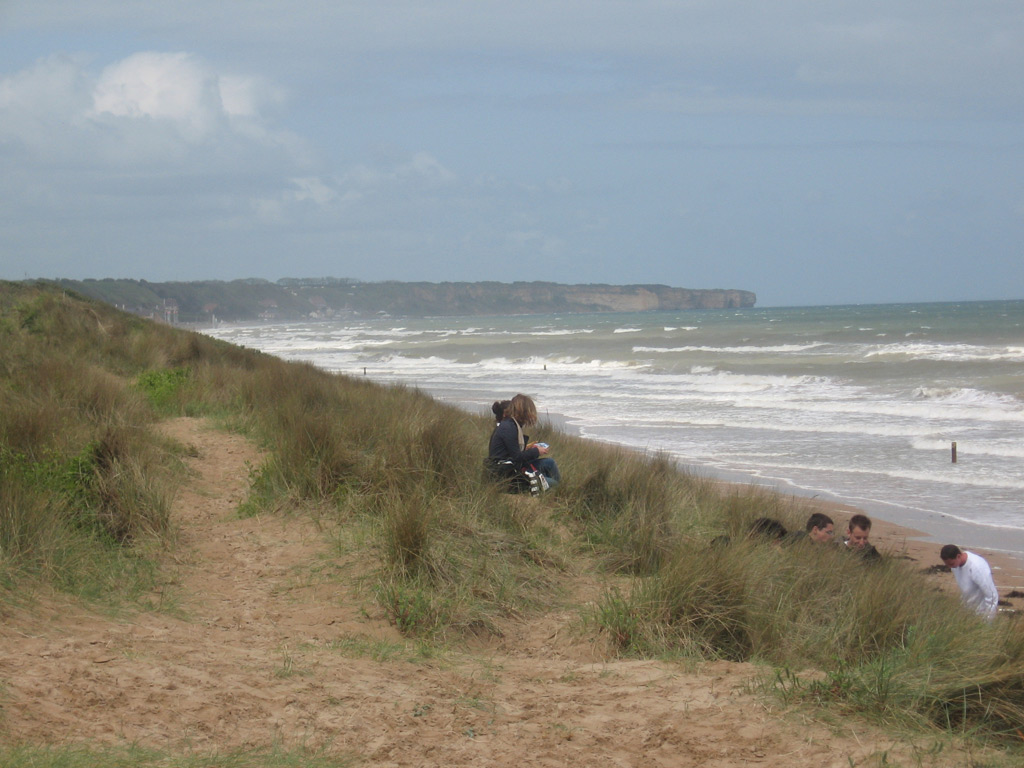
Looking west at Omaha Beach.
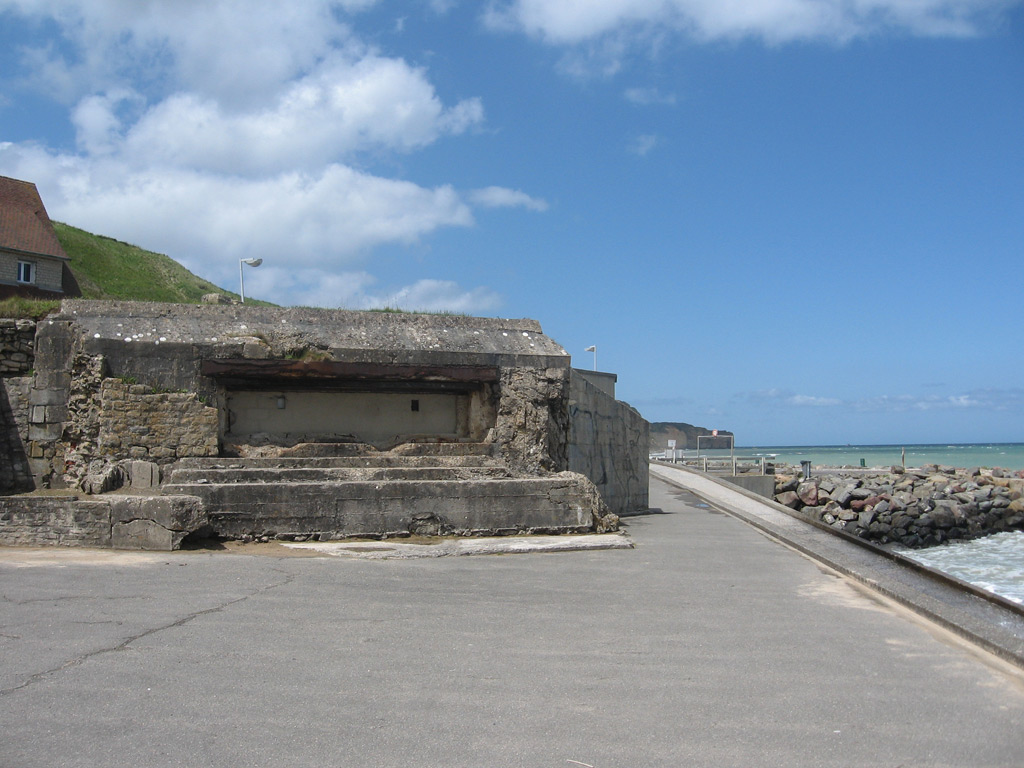
Fortifications along Omaha Beach.
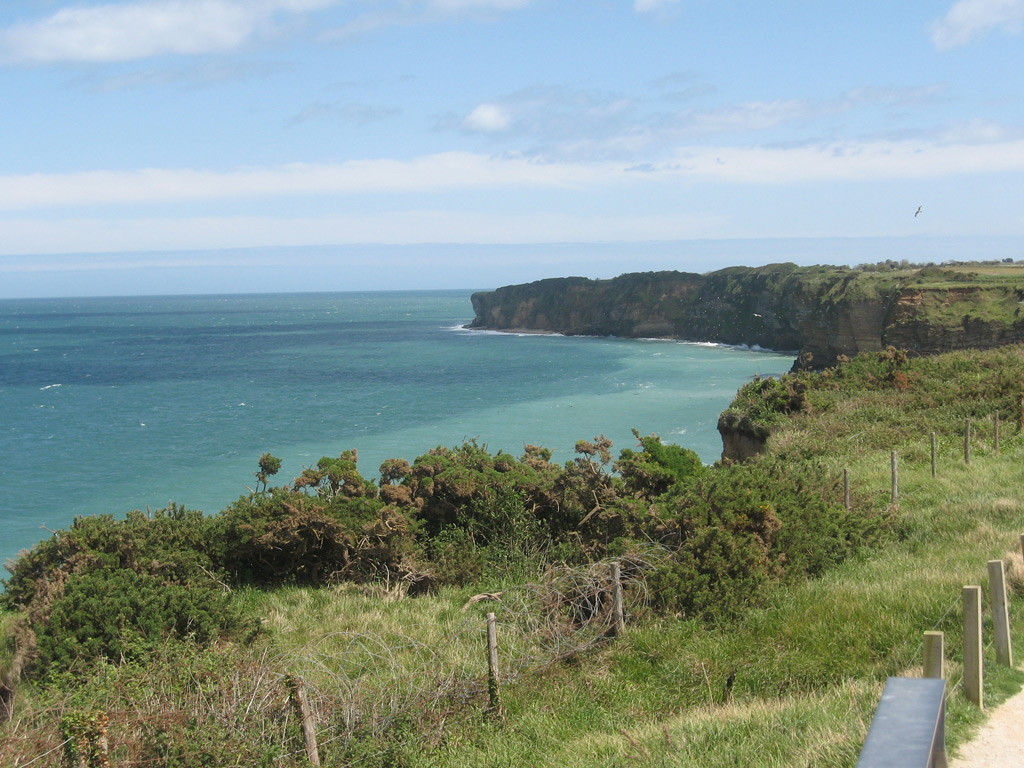
Pointe du Hoc.
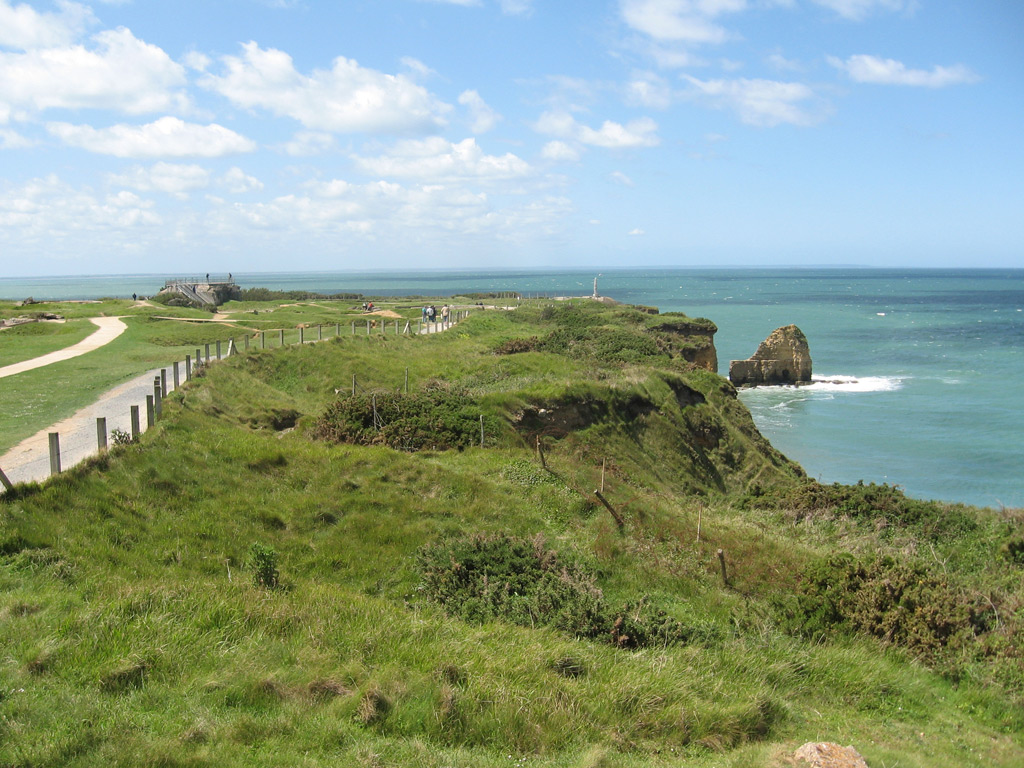
Atop Point du Hoc.
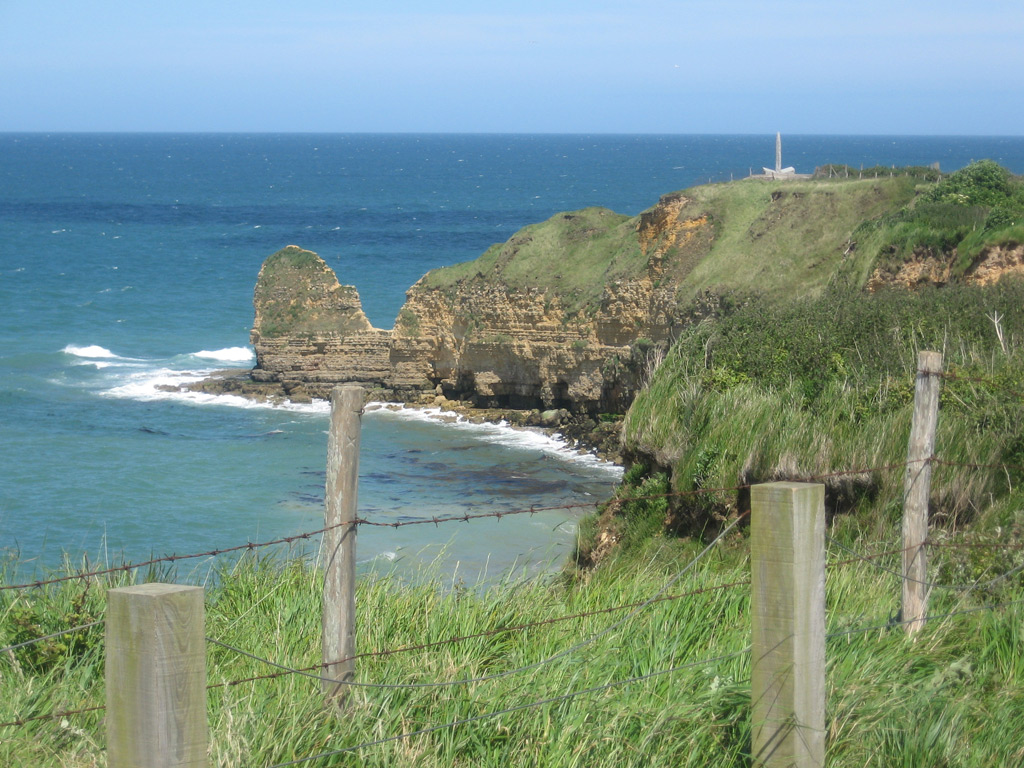
Closeup, Point du Hoc.
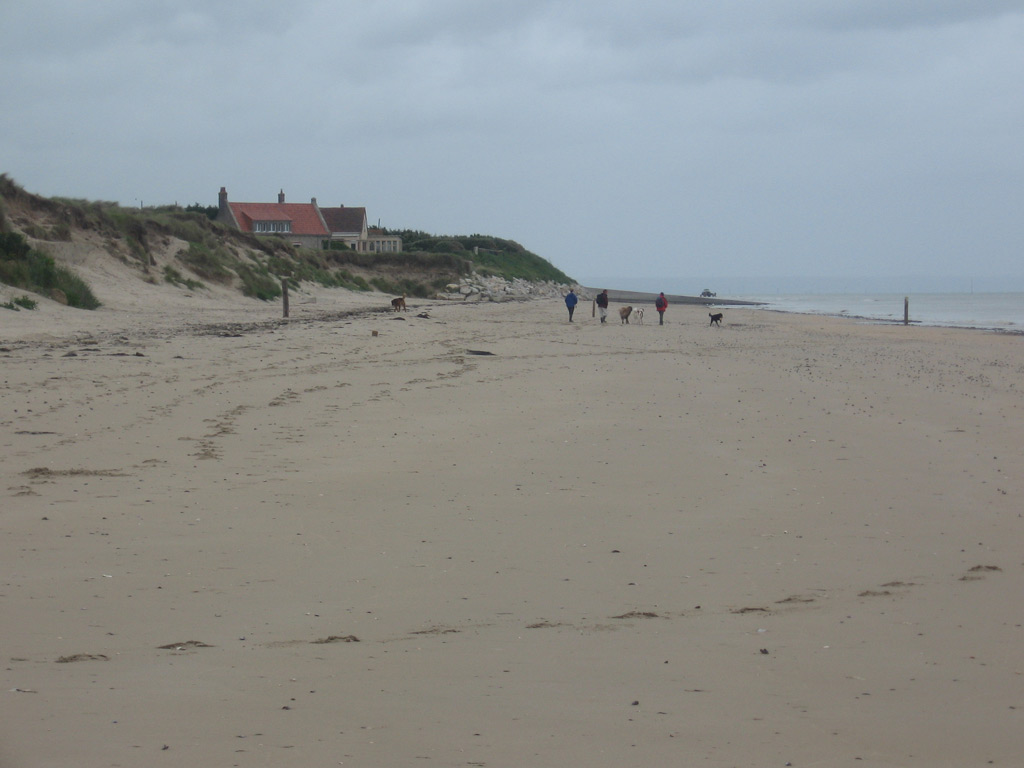
Utah Beach.
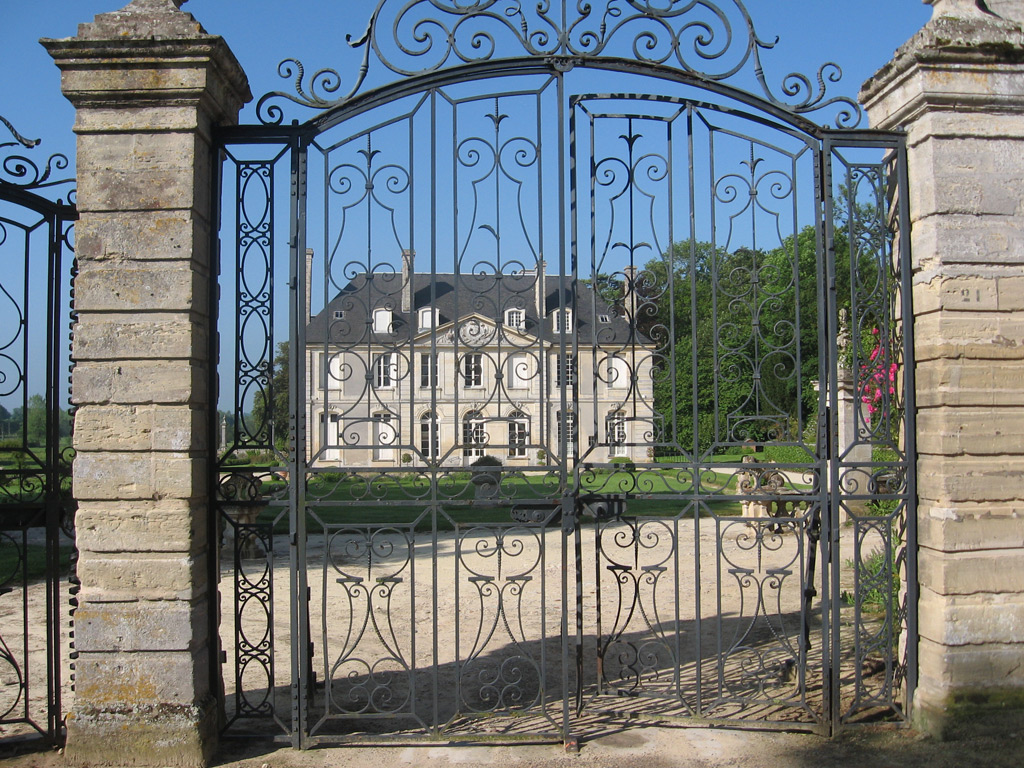
Chateau at Creullet, four miles from Gold Beach, where Montgomery put his h.q.
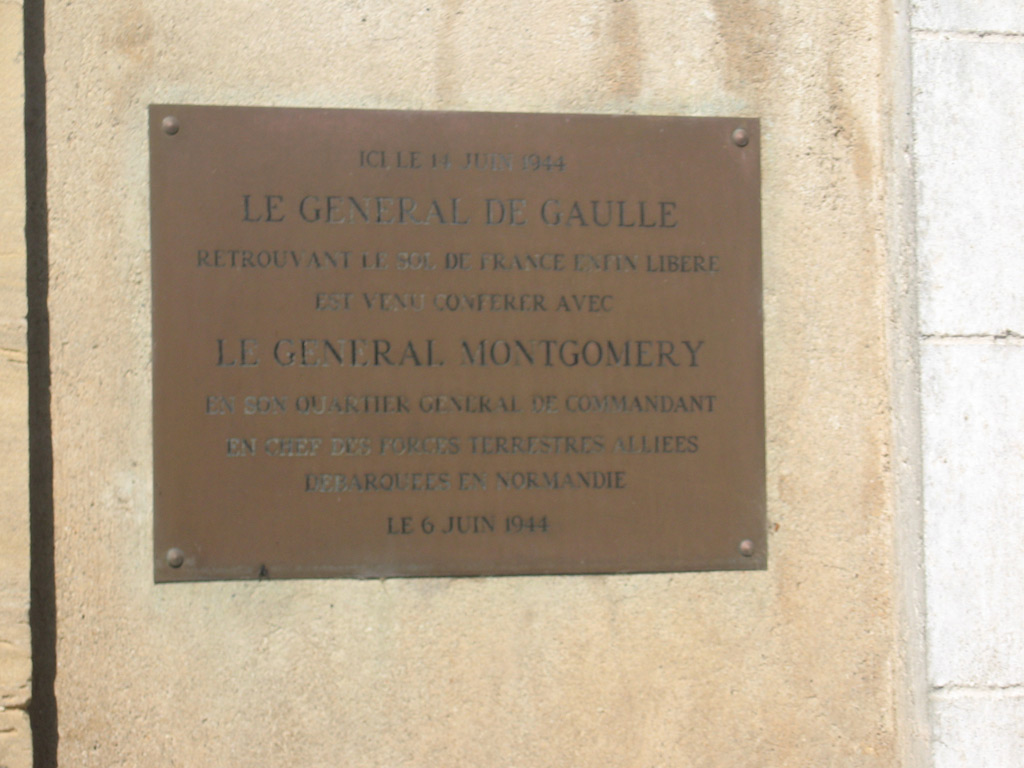
Plaque on Montgomery’s headquarters at Creullet.
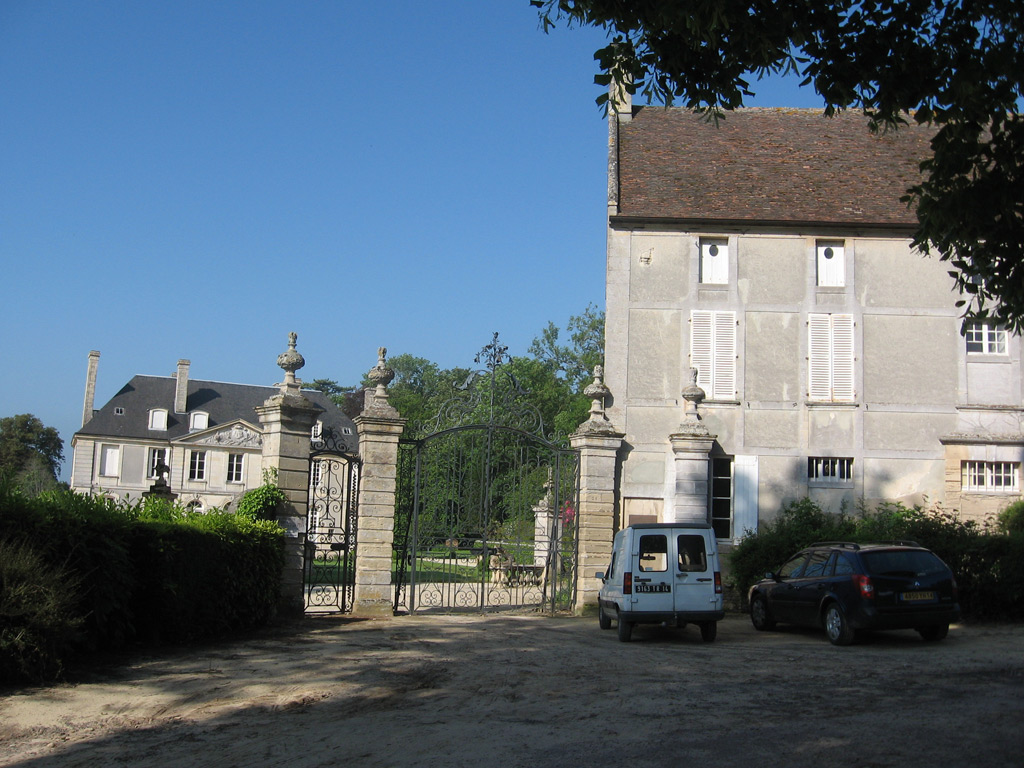
Another view of the Creullet chateau that served as Montgomery’s headquarters.
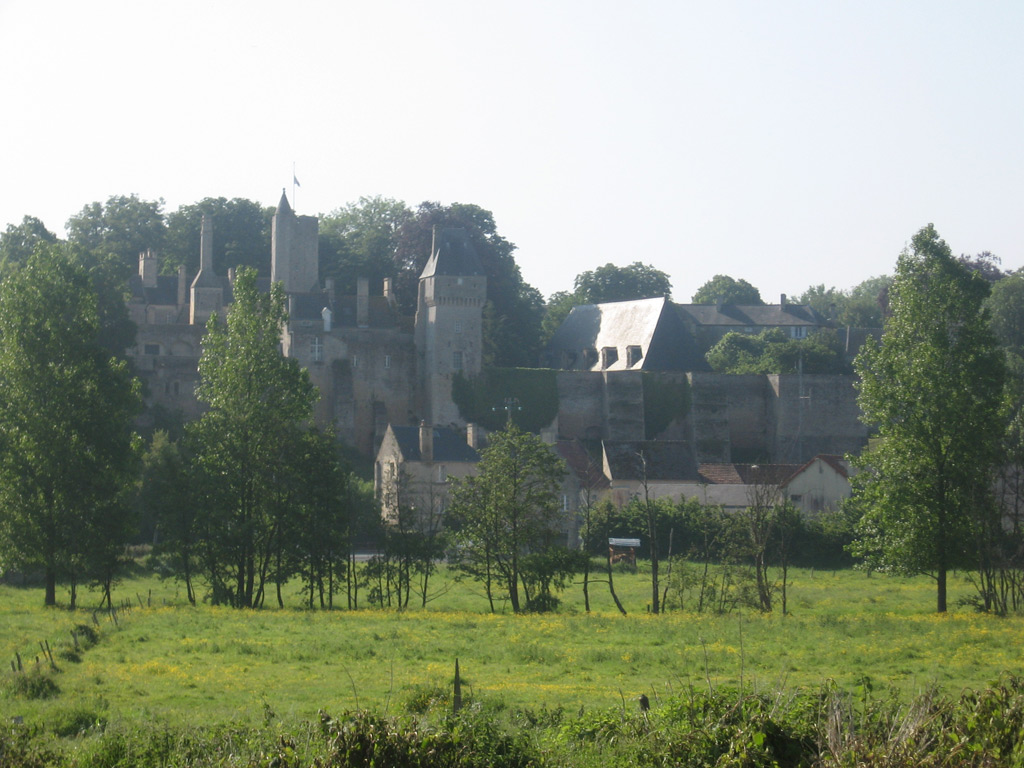
Village of Creullet, near Montgomery’s h.q..
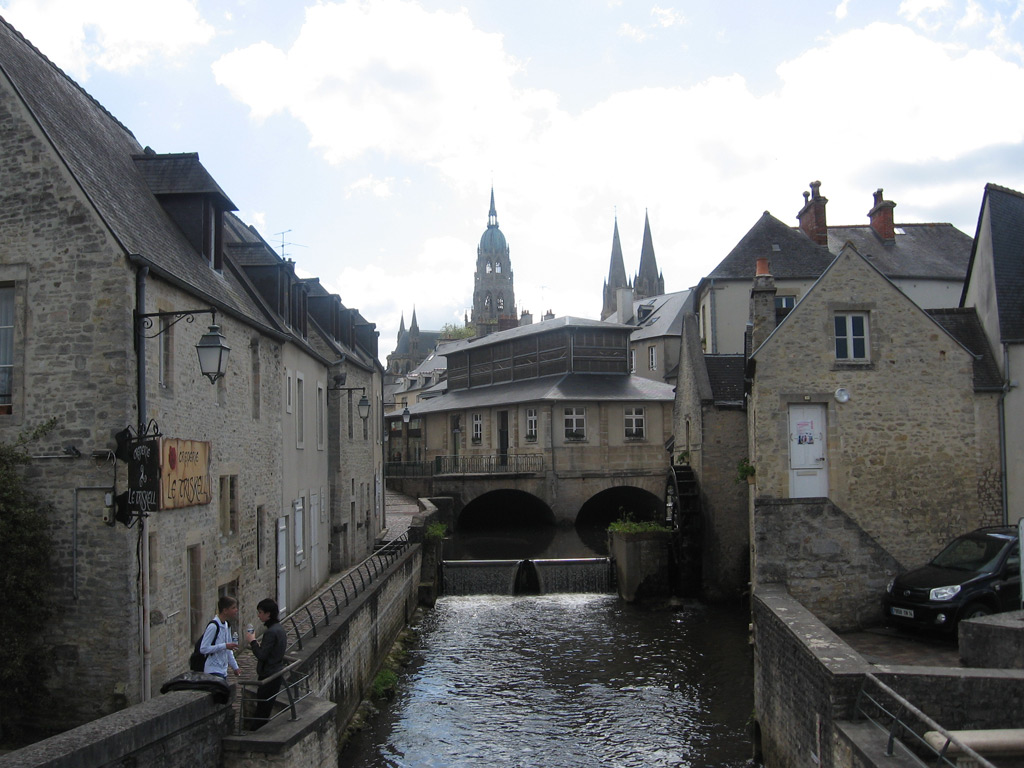
Central Bayeux.
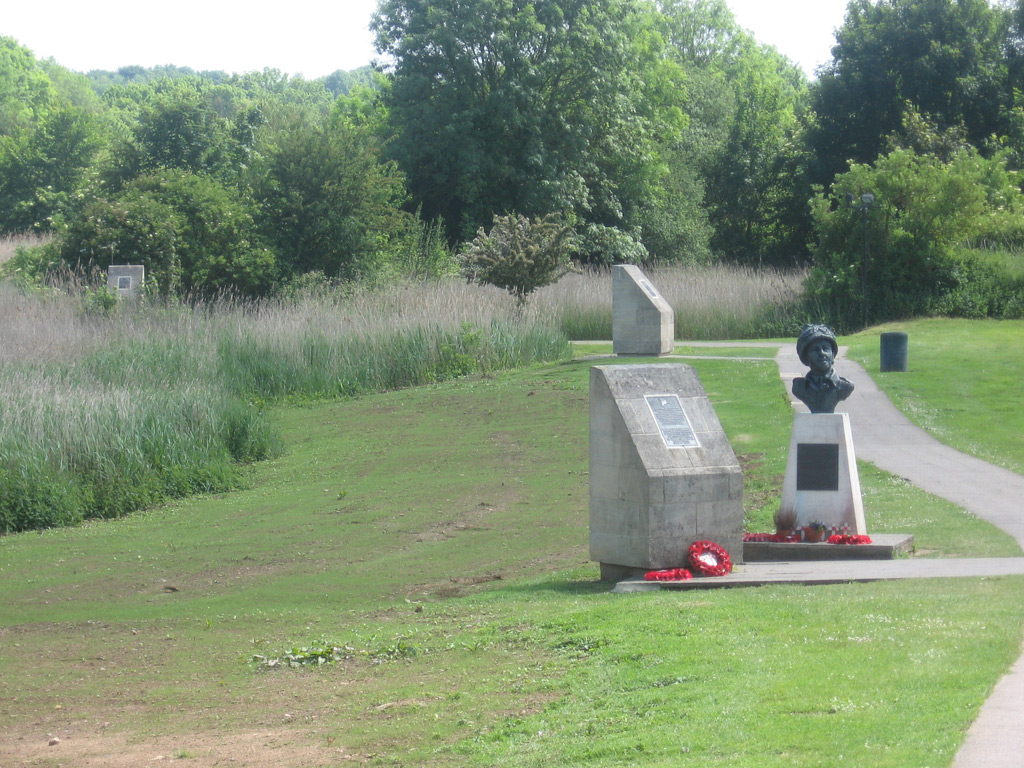
Pegasus bridge, memorial, where first glider came to a stop with Maj. John Howard.
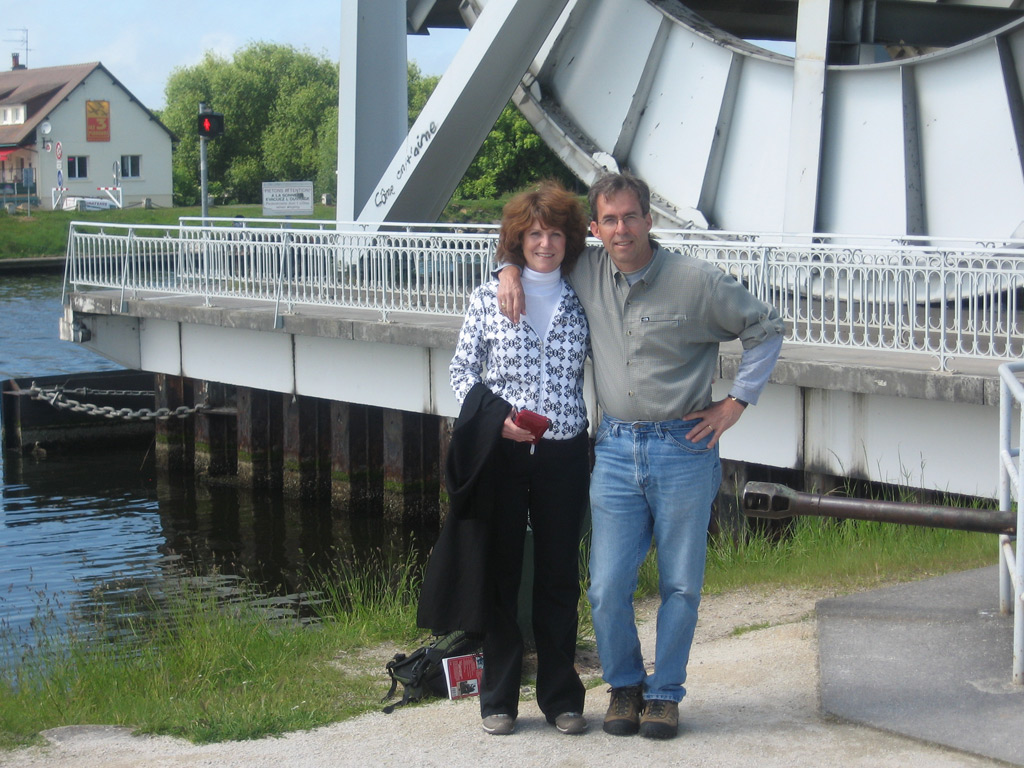
Rick and Jane at Pegasus Bridge.
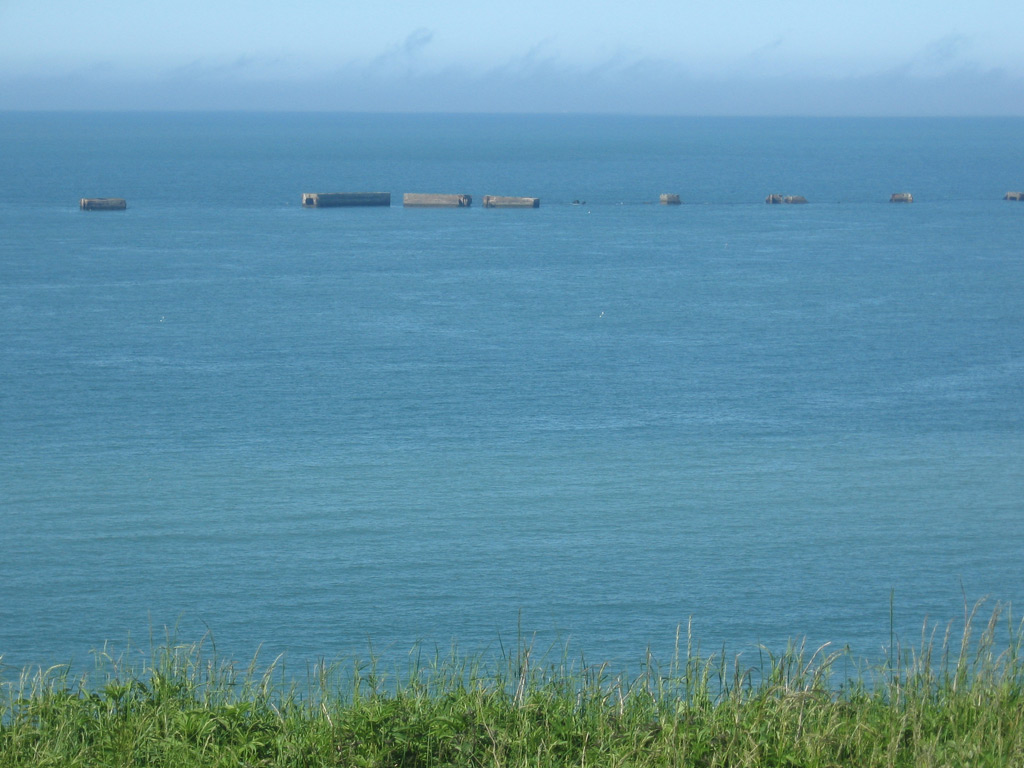
Remnants of Mulberry B, off Gold Beach.
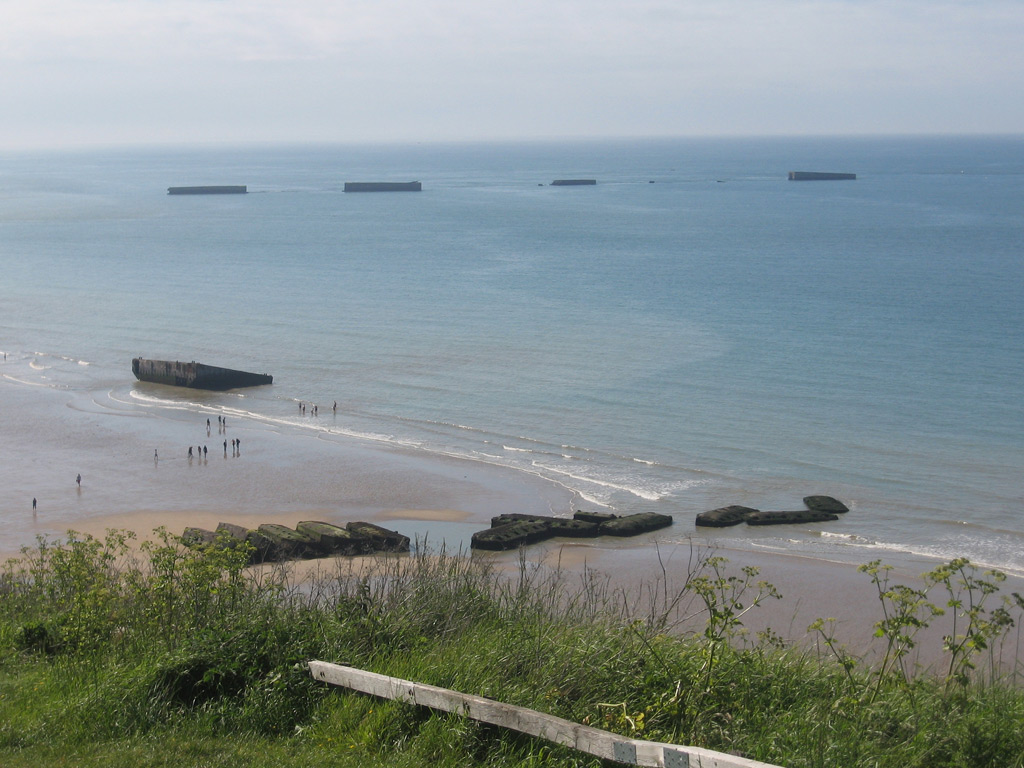
More remnants of Mulberry B, looking down on Gold Beach at Arromanches.
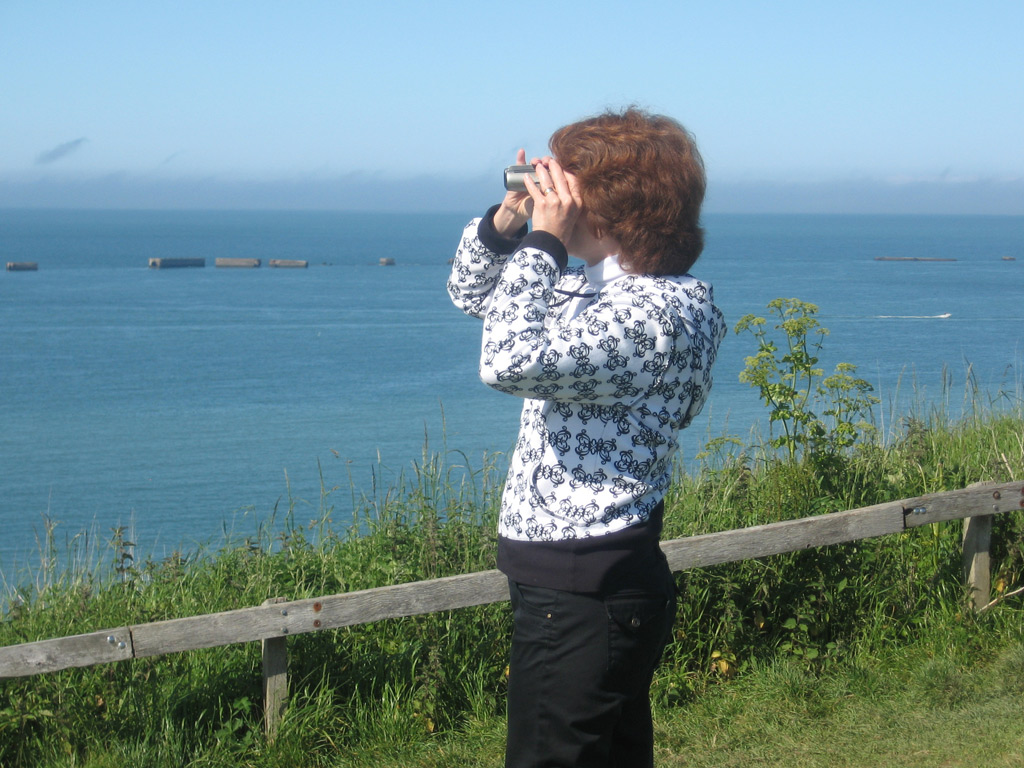
My field marshal, at Gold Beach.
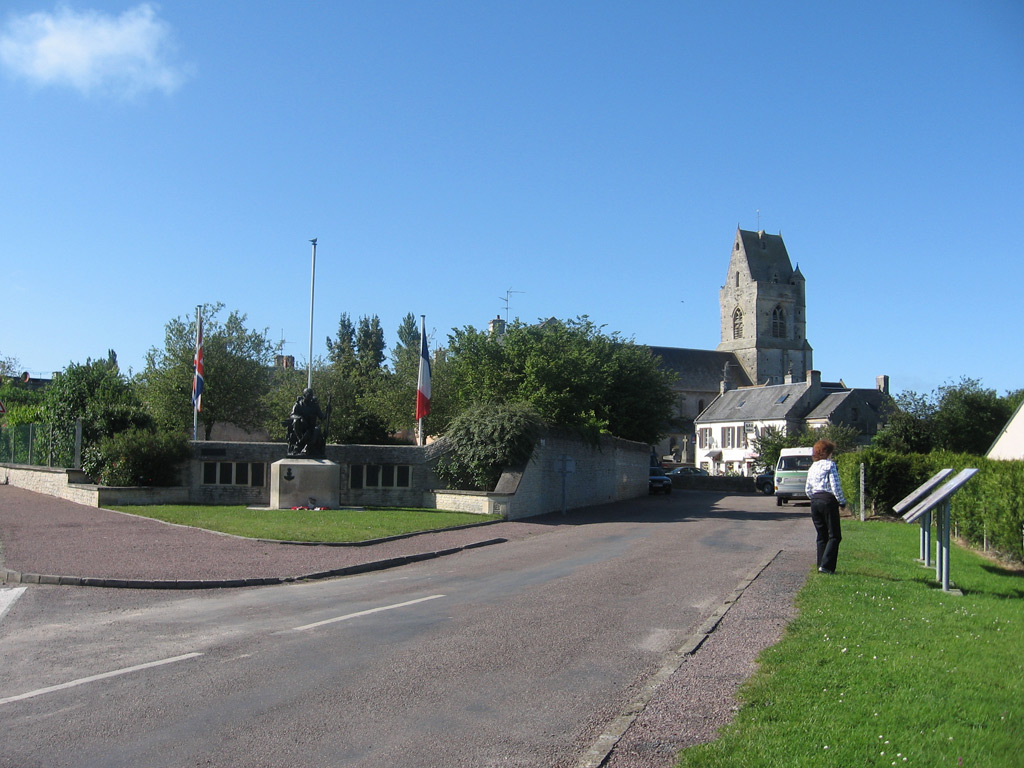
Crepon, inland from Juno Beach.
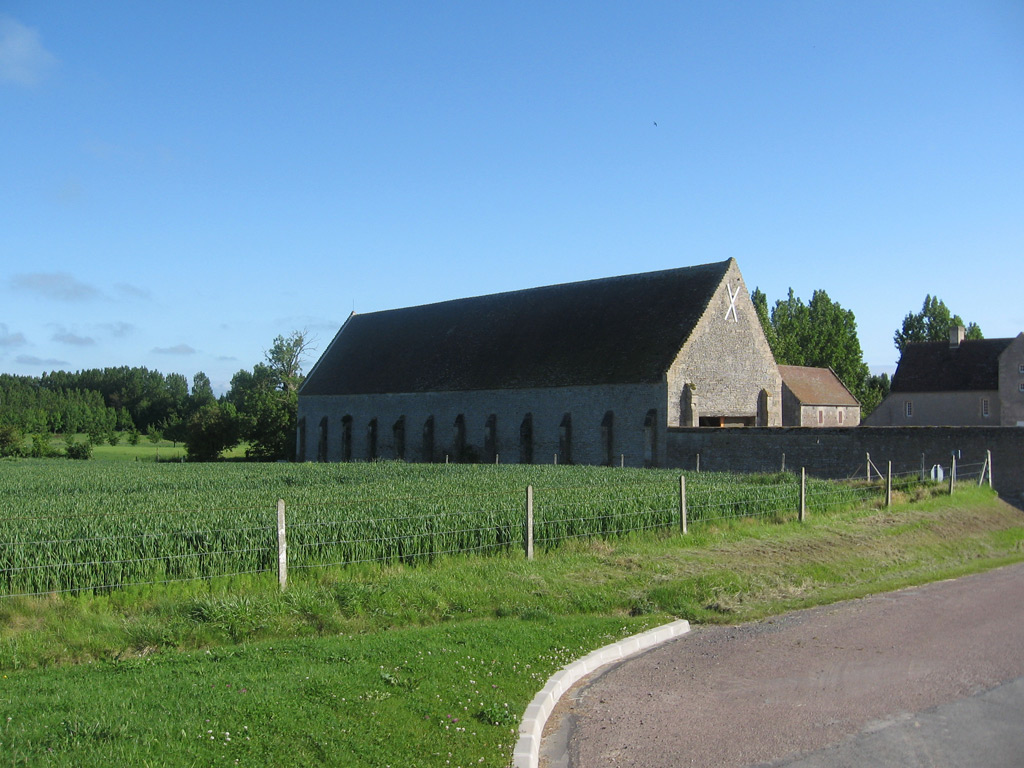
Typical Norman farm compound, at Crepon.
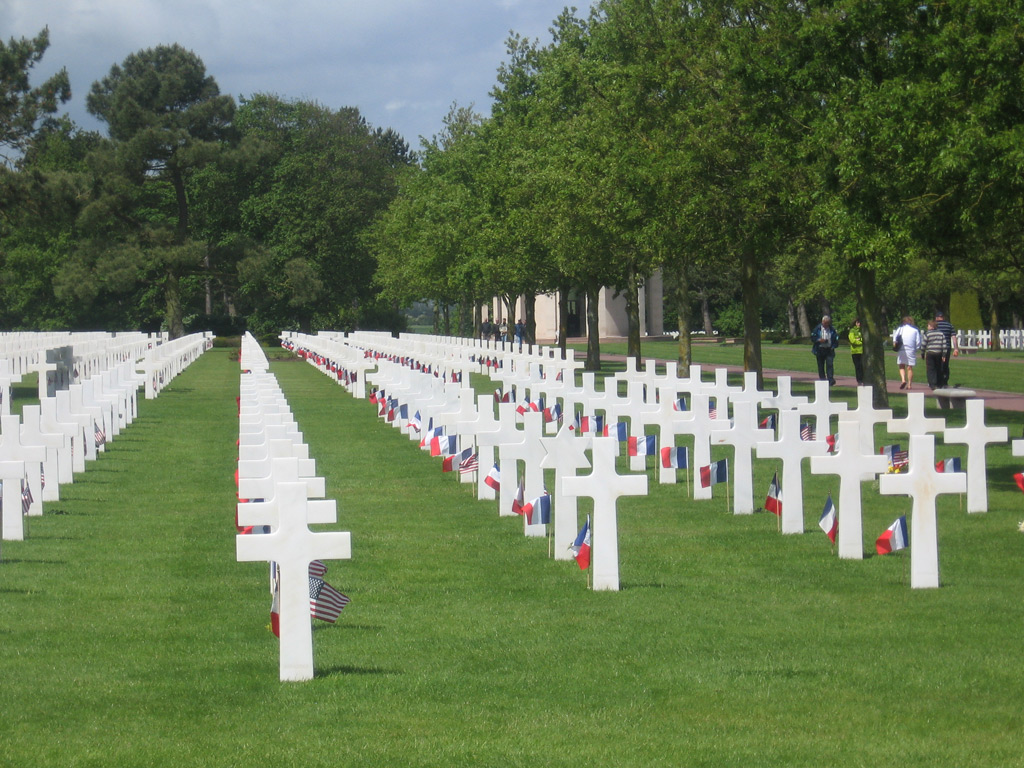
American cemetery at Normandy, above Omaha Beach.
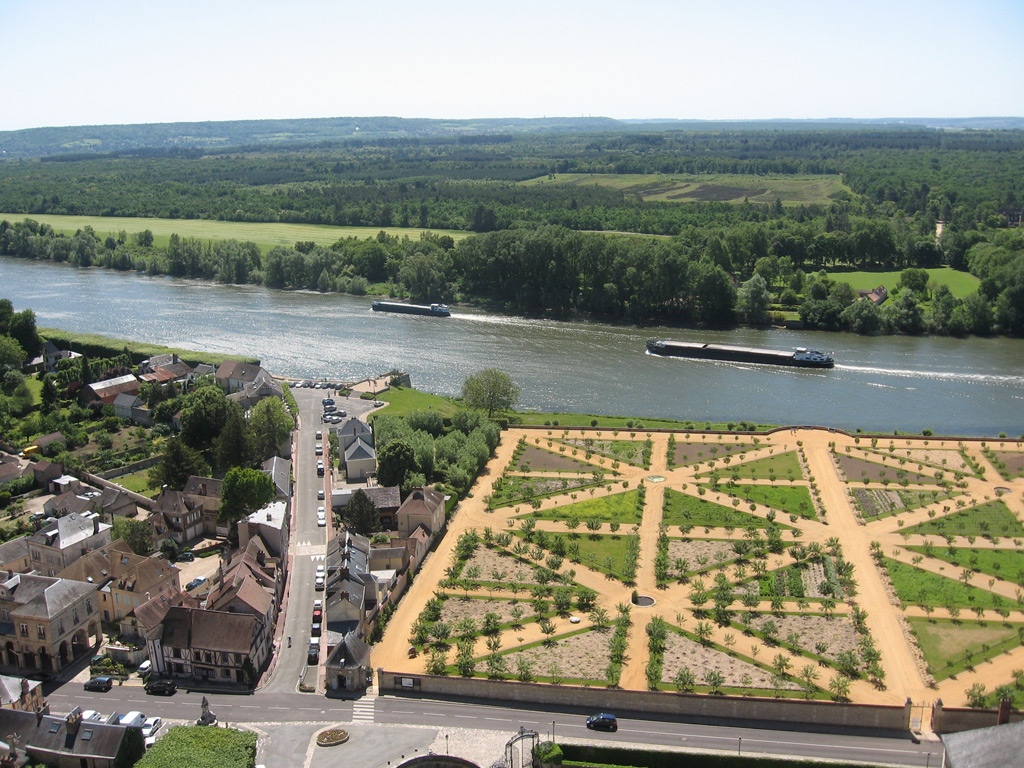
The Seine from La Roche Guyon chateau, Rommel’s h.q.
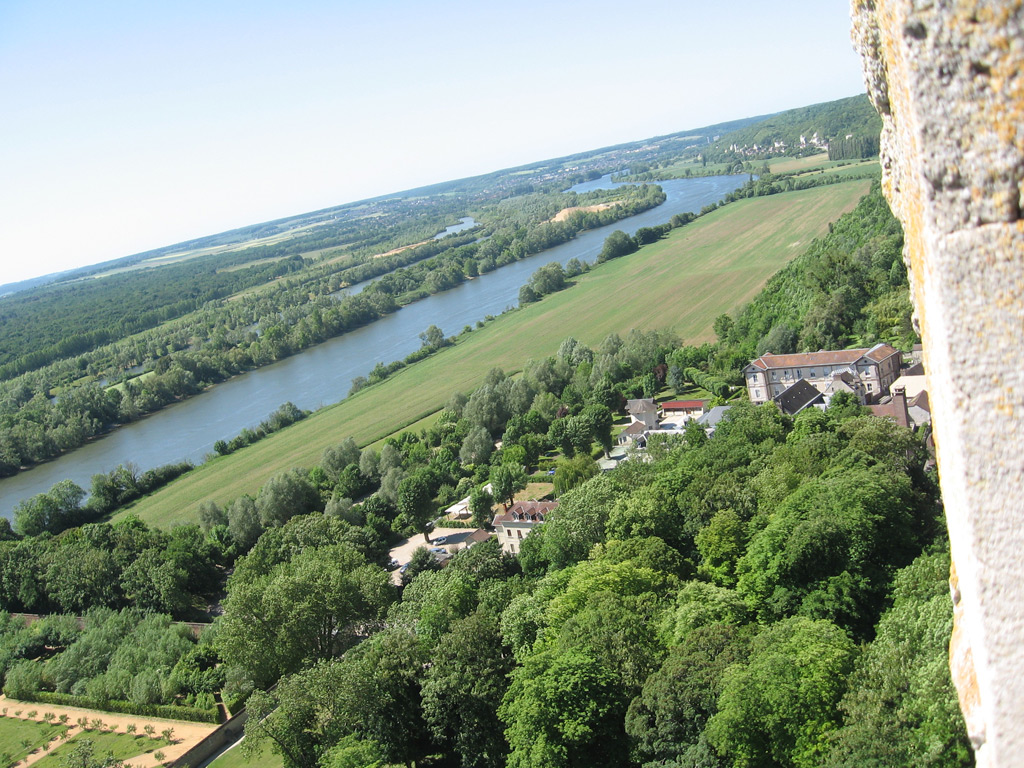
The Seine, looking toward Giverny, from La Roche Guyon tower.
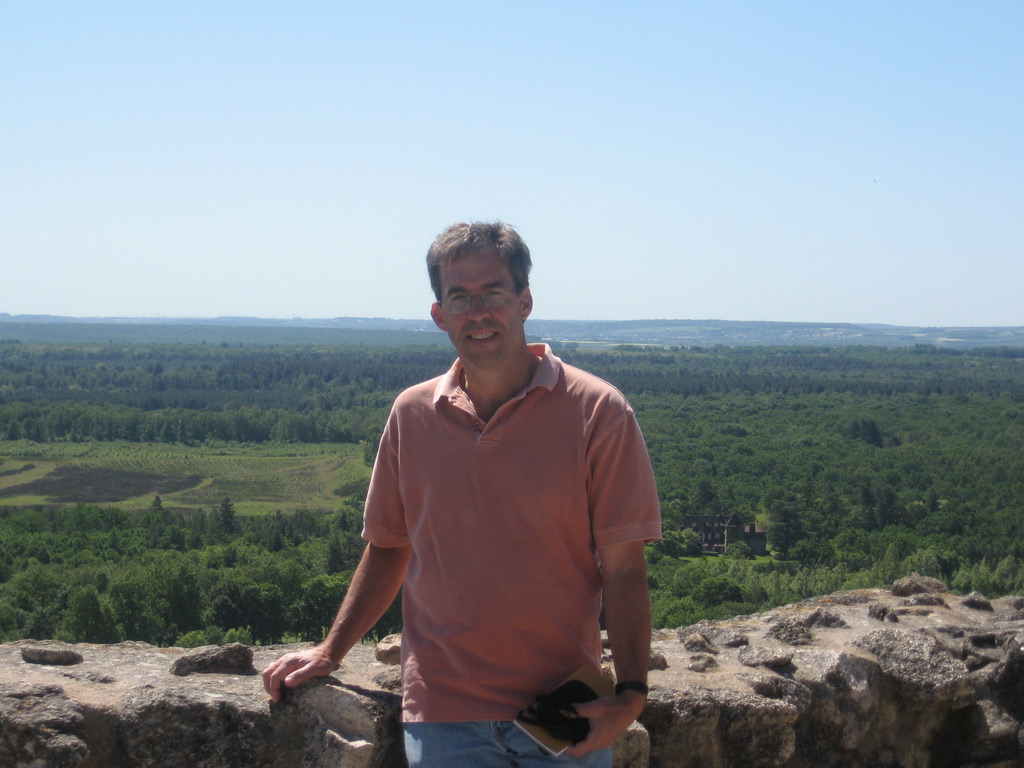
Rick on battlement at La Roche Guyon.
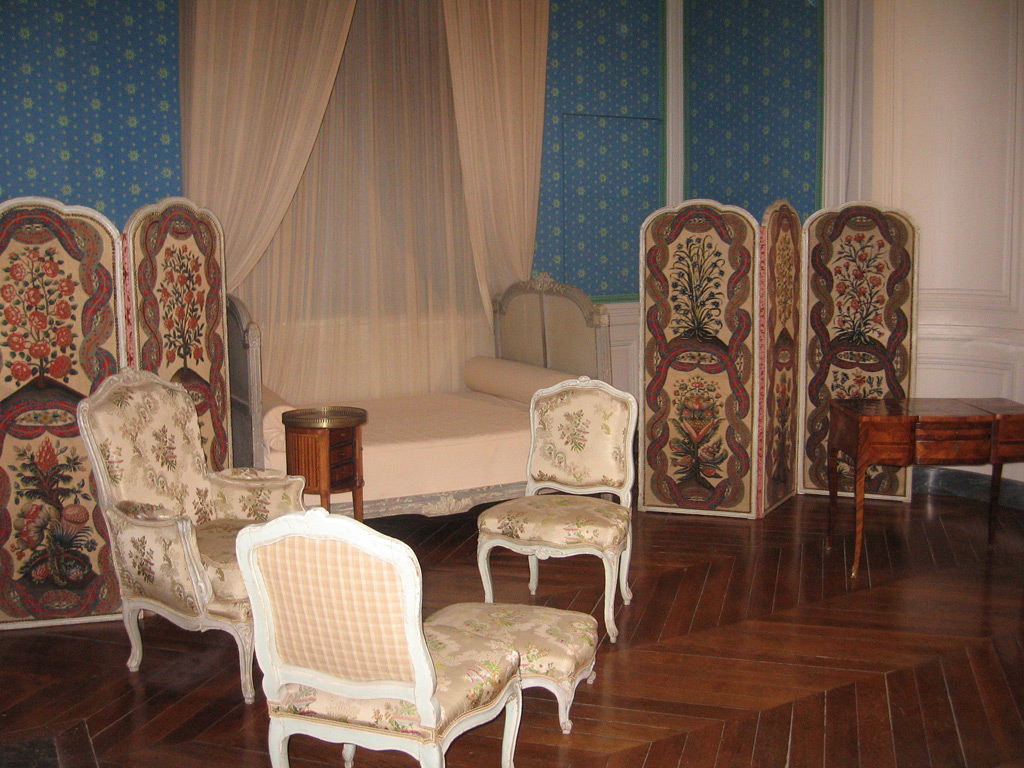
Sitting room in the chateau at La Roche Guyon, Rommel’s h.q.
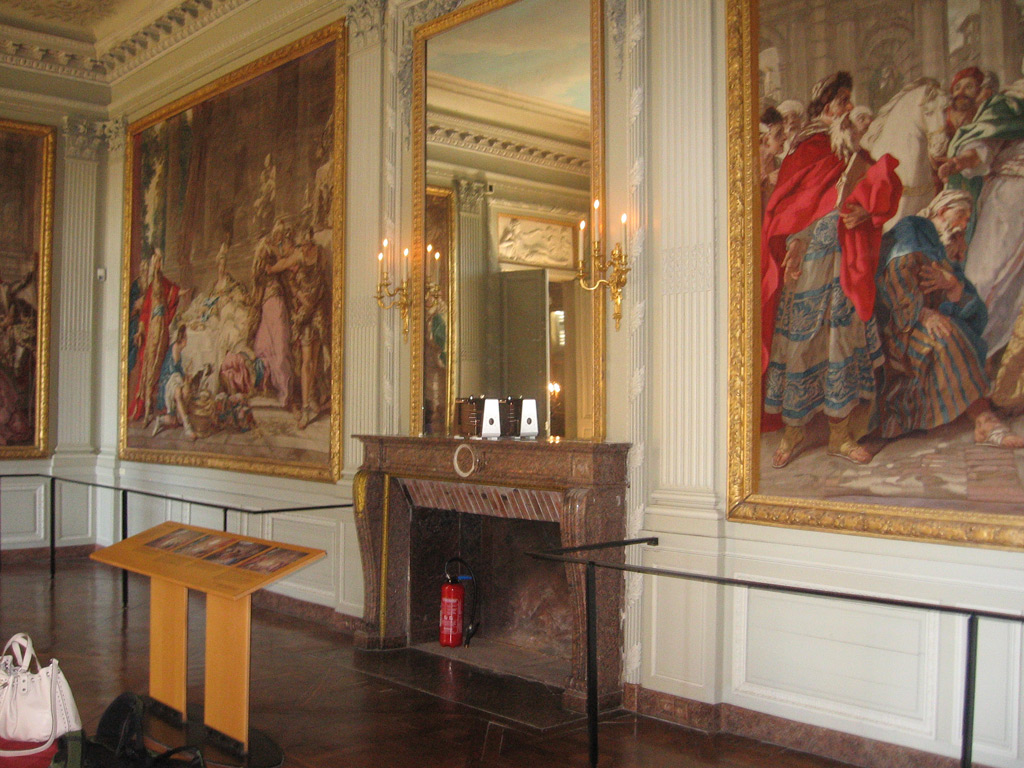
Tapestries in the chateau at La Roche Guyon.
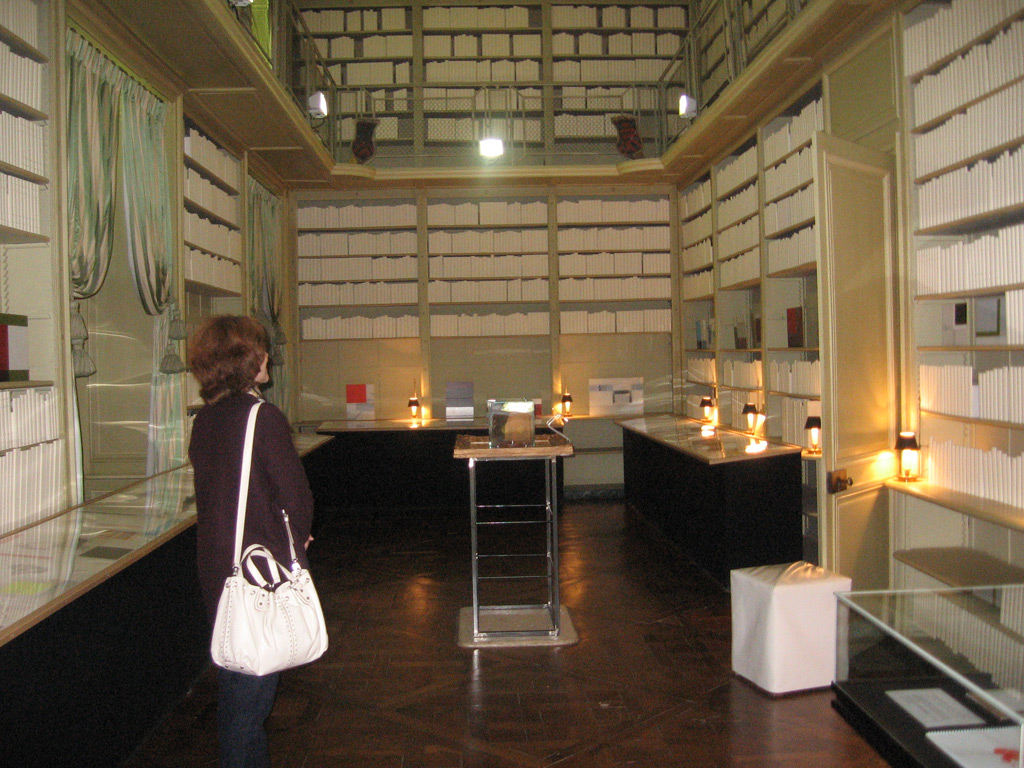
A collector’s room at La Roche Guyon.
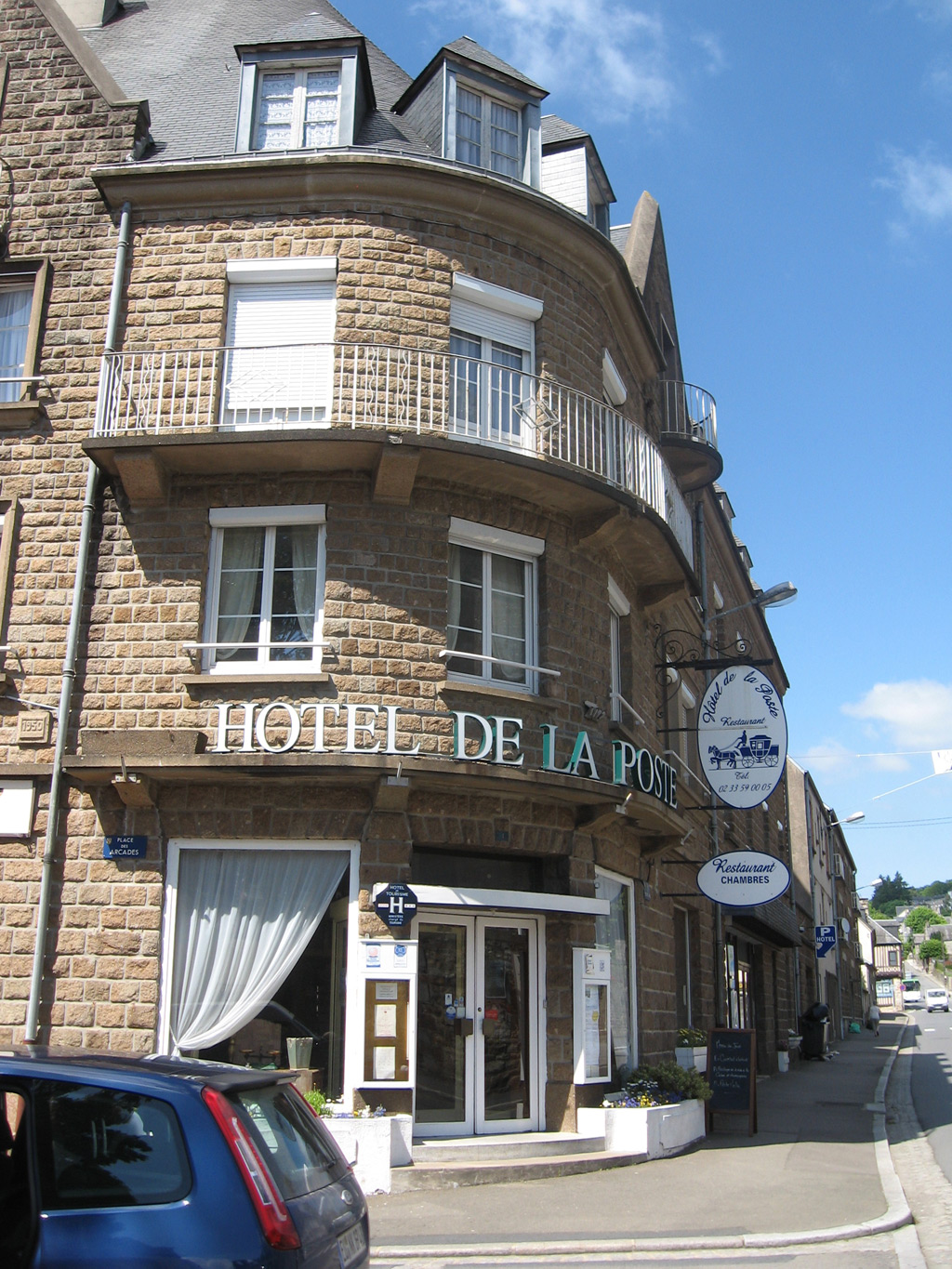
Hotel de la Poste in Mortain, used as a U.S. battalion command post until overrun.
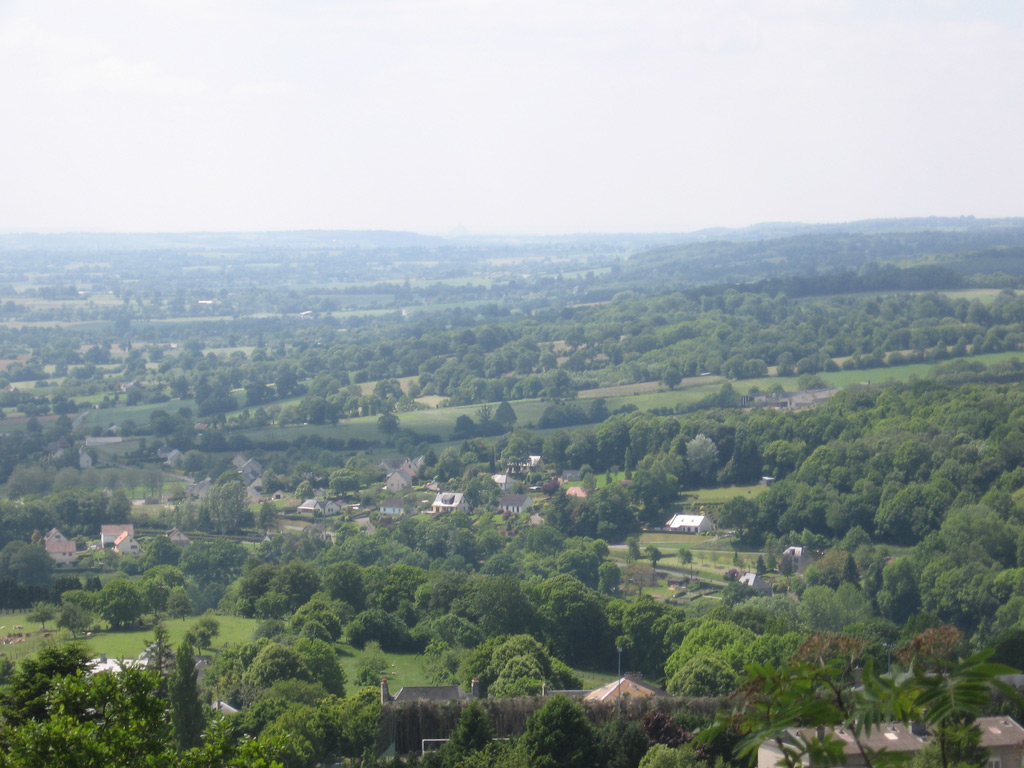
The view from Hill 314 at Mortain, where the 2nd Bn of the 120th Inf held fast.
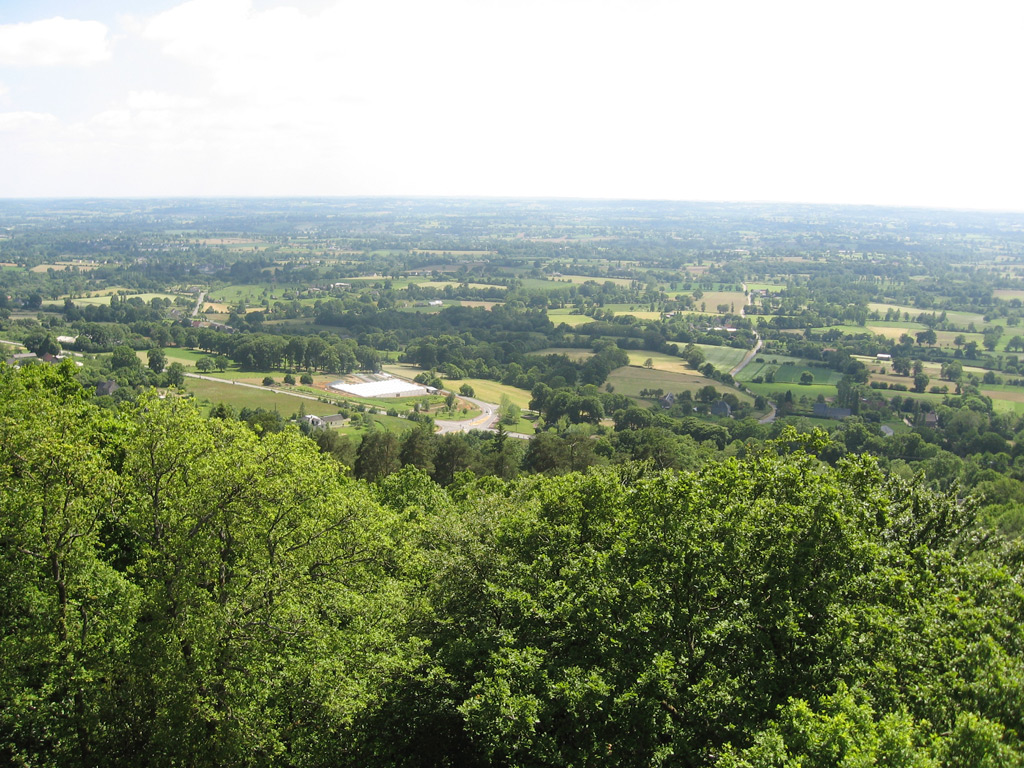
Another view from Hill 314 at Mortain, where Lt. Robert Weiss directed artillery fire.
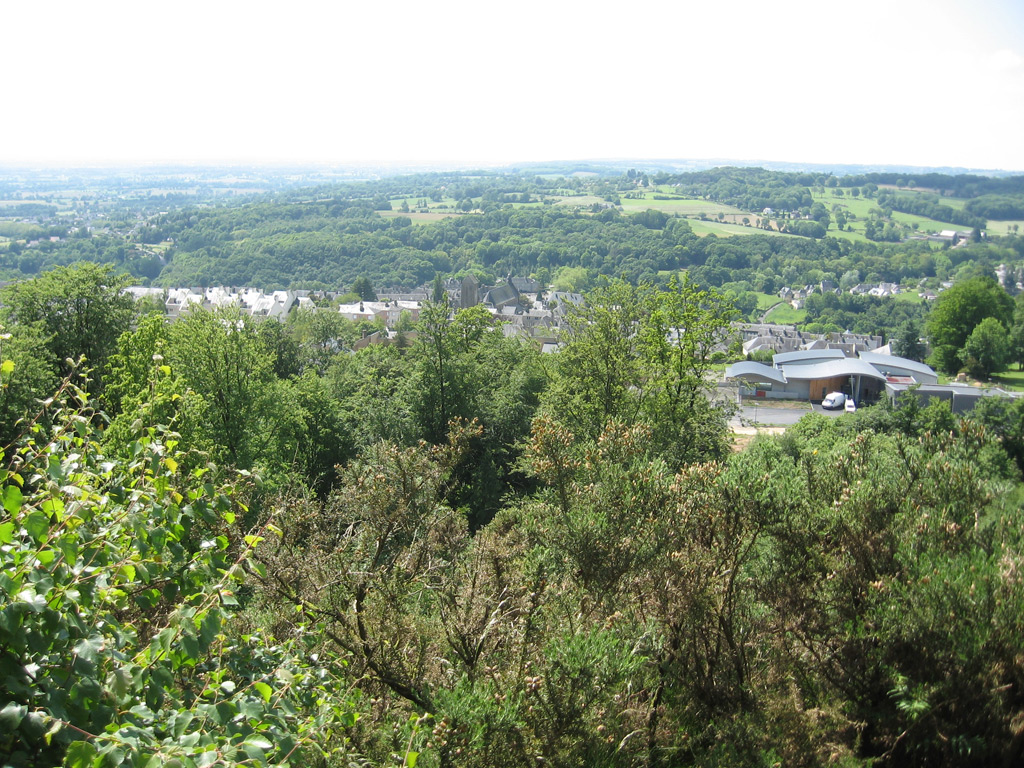
Yet another view from Hill 314 at Mortain.

Remnants of a foxhole on Hill 314 above Mortain.
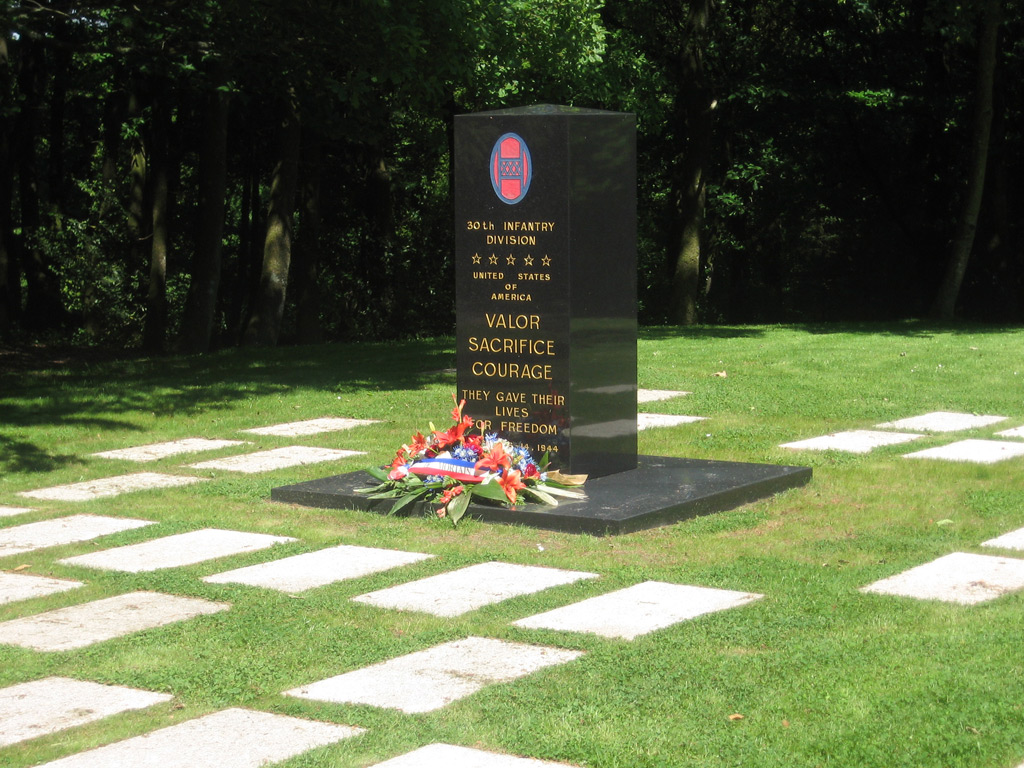
Memorial to the 30th Infantry Division, on Hill 314 at Mortain.

Mont St. Michel from Avranches.
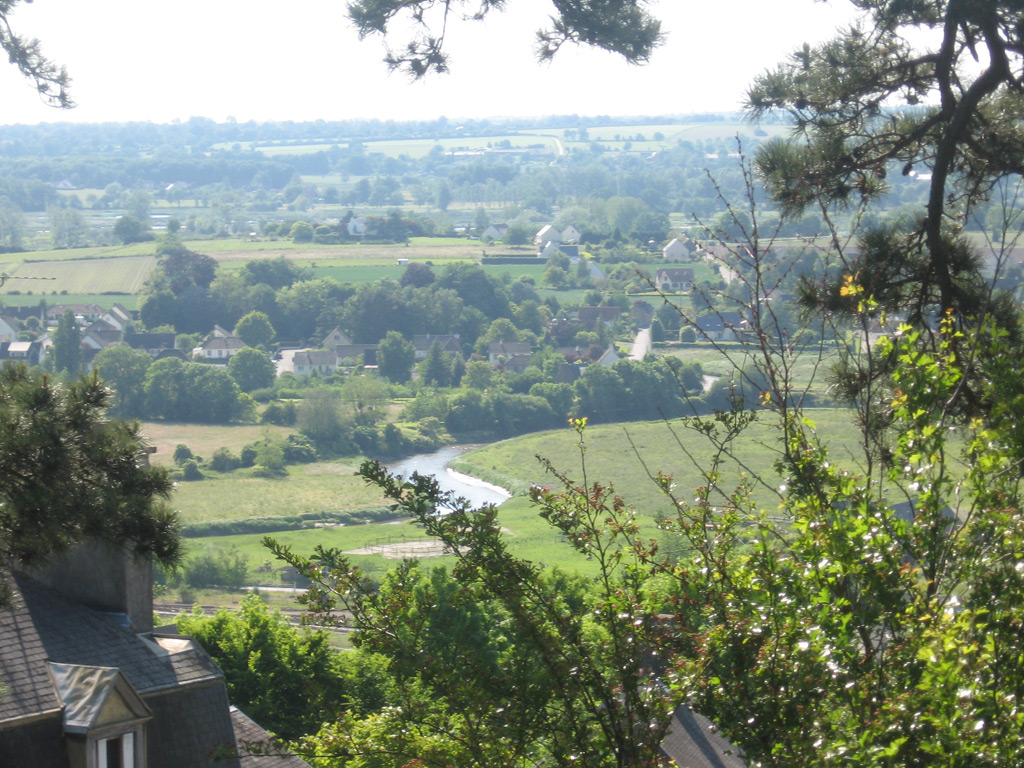
Norman countryside near Avranches.
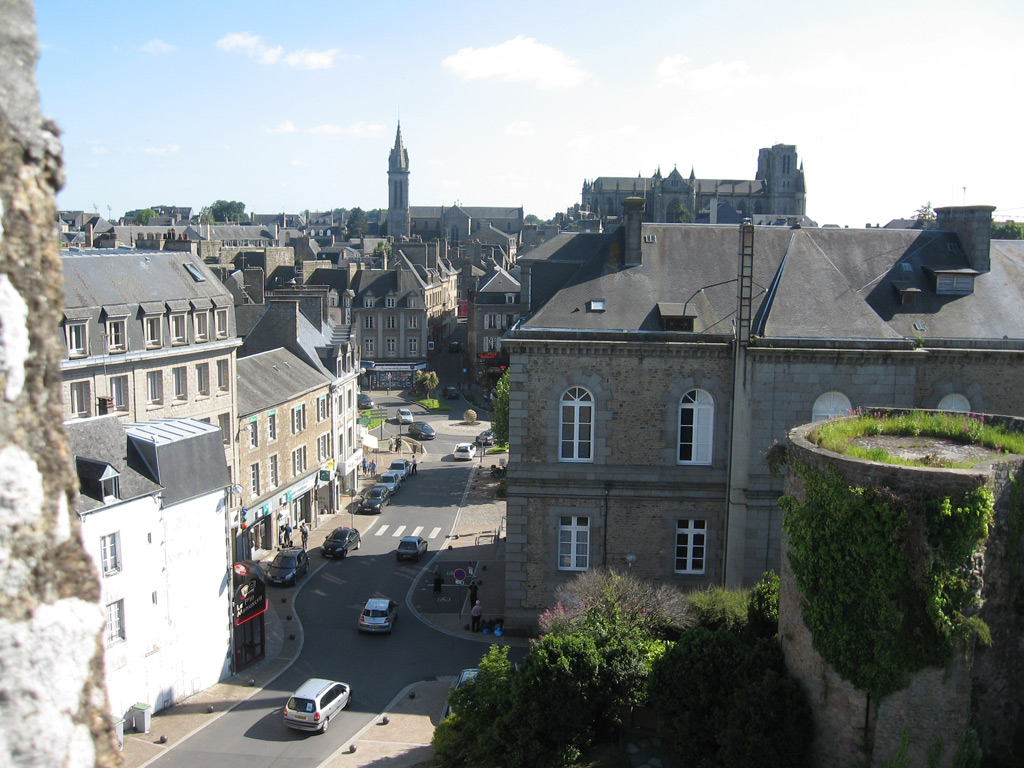
Avranches, gateway to Brittany from Normandy.
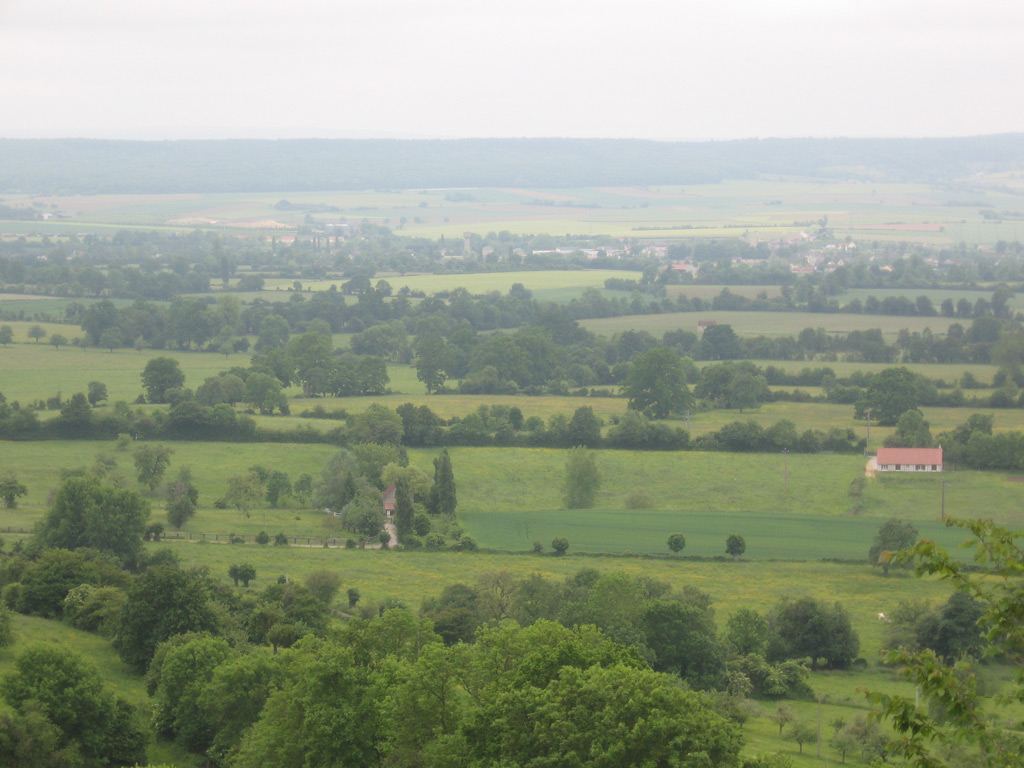
The river Dives ran through what became the Falaise Pocket, with two German armies trying to escape from right to left.
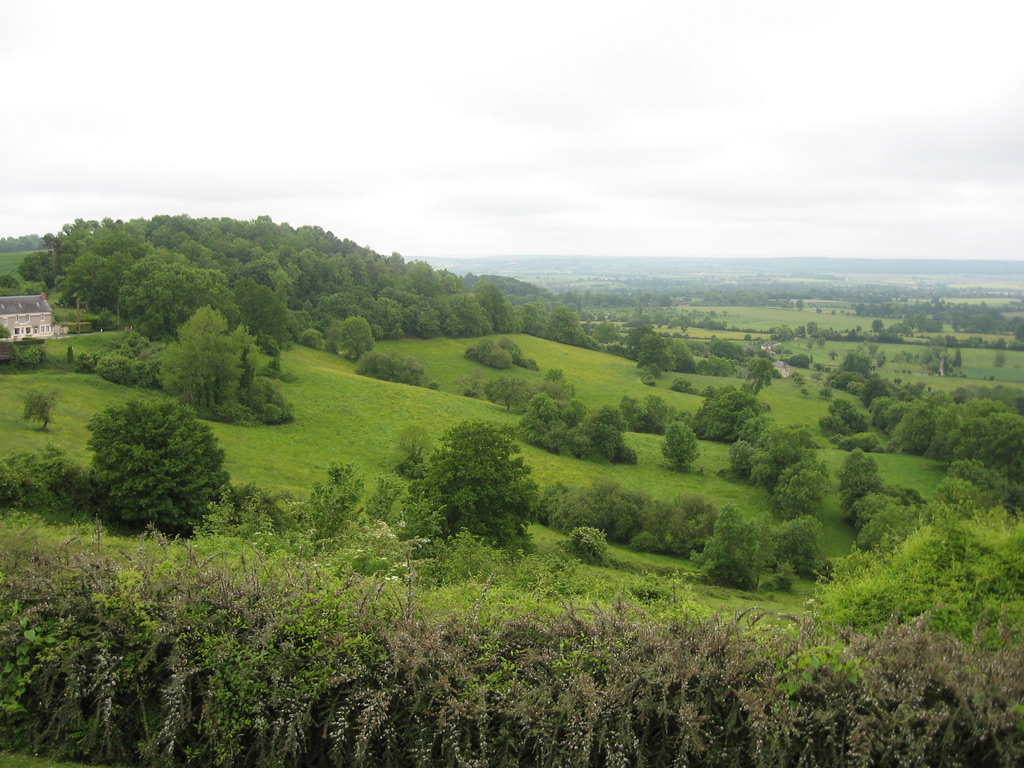
This was the view Polish troops had from Hill 262, which they named Maczuga, the Polish word for mace.
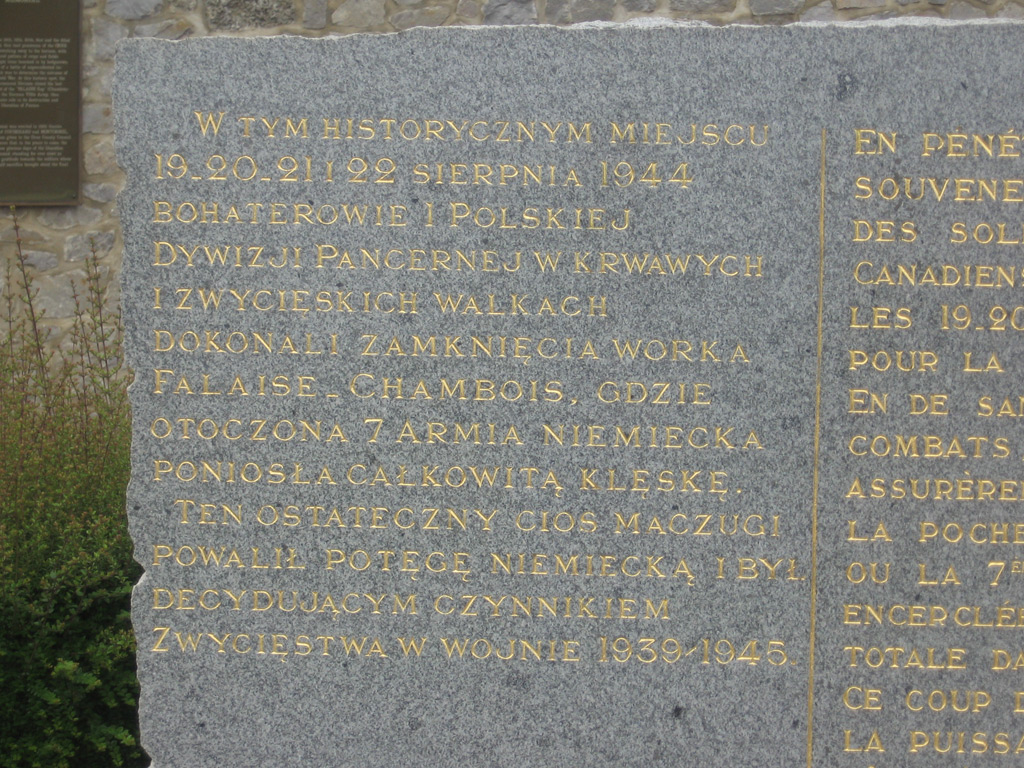
A monument to Polish valor on Maczuga, overlooking the Falaise Pocket.
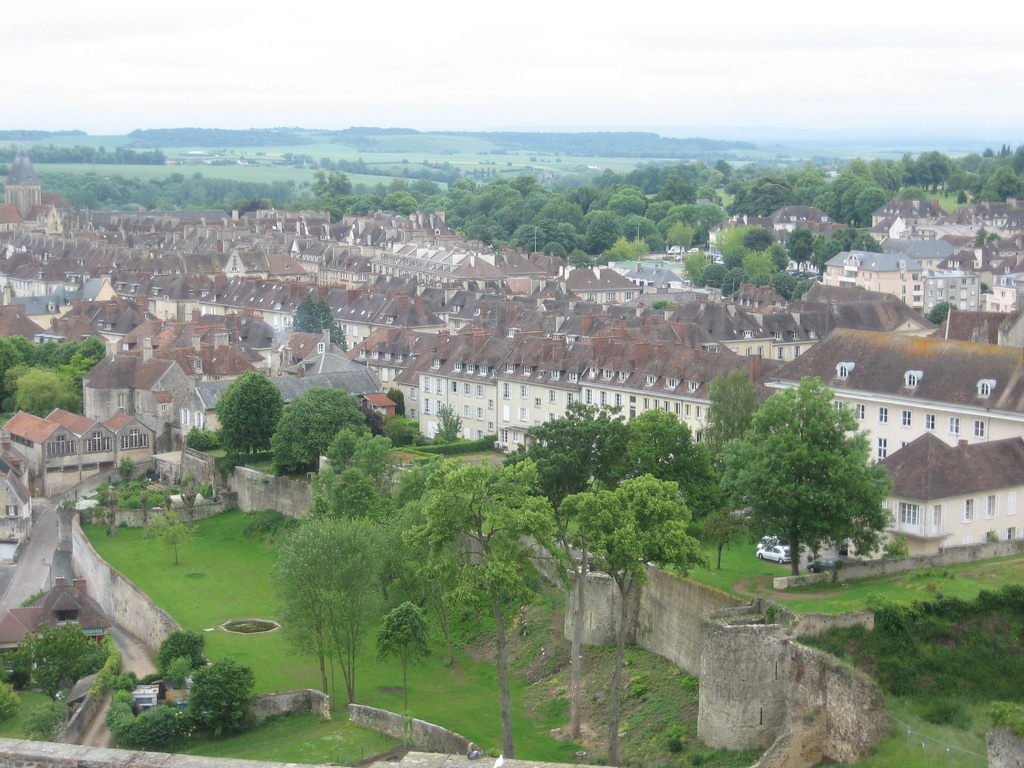
Falaise, as seen from the castle where William the Conqueror was born.
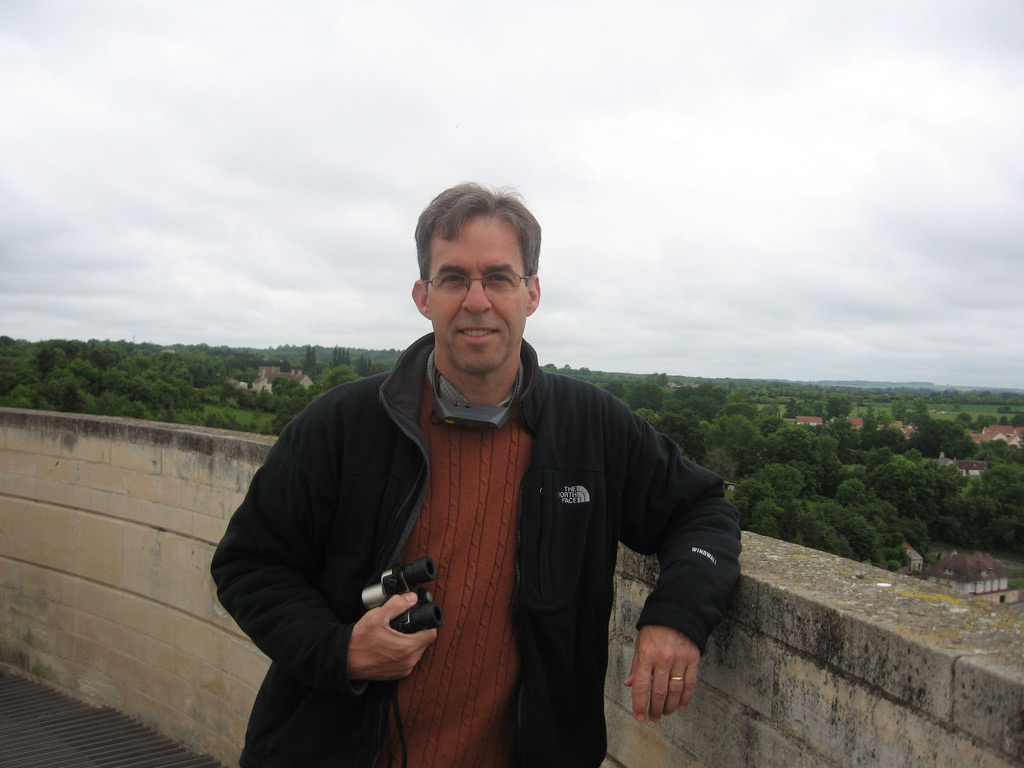
Rick on the parapet of the Conqueror’s castle at Falaise.
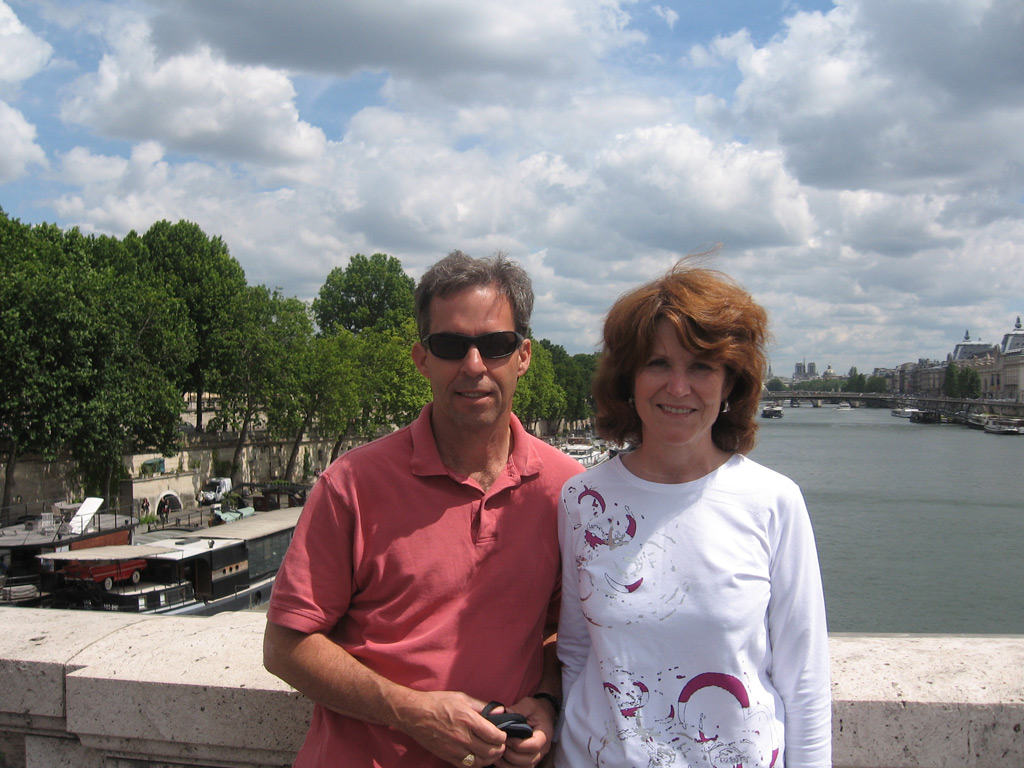
Rick and Jane in Paris.
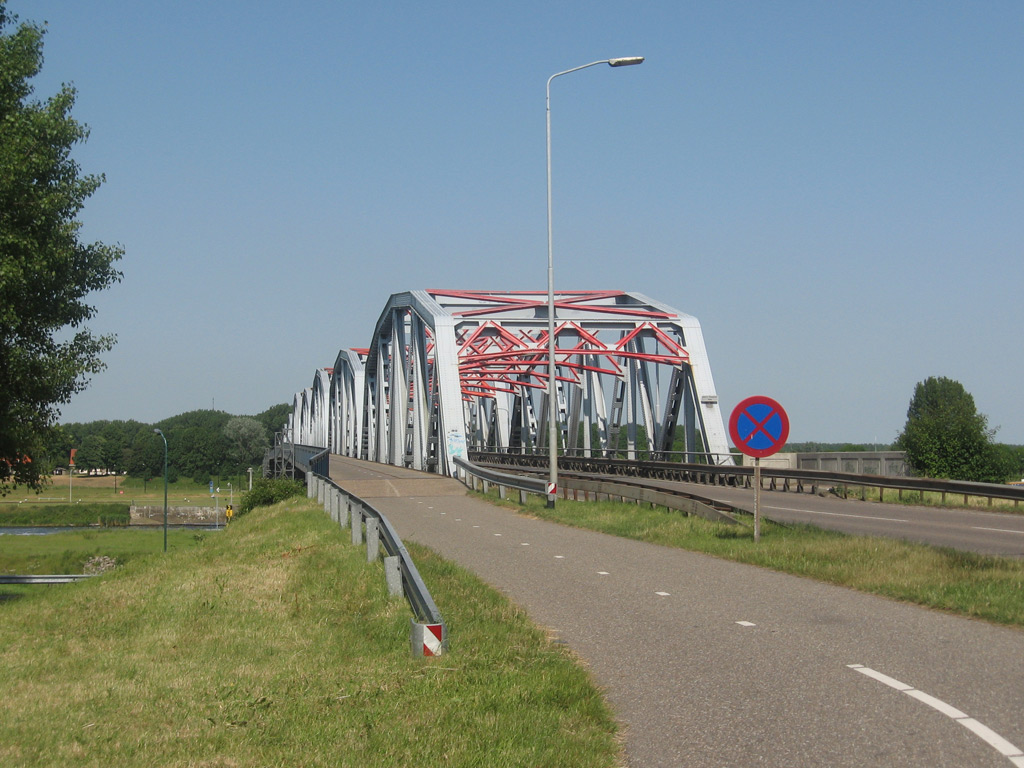
The nine-span bridge across the Meuse at Grave, in the Netherlands, a vital objective for the 82nd Airborne in Operation Market Garden.
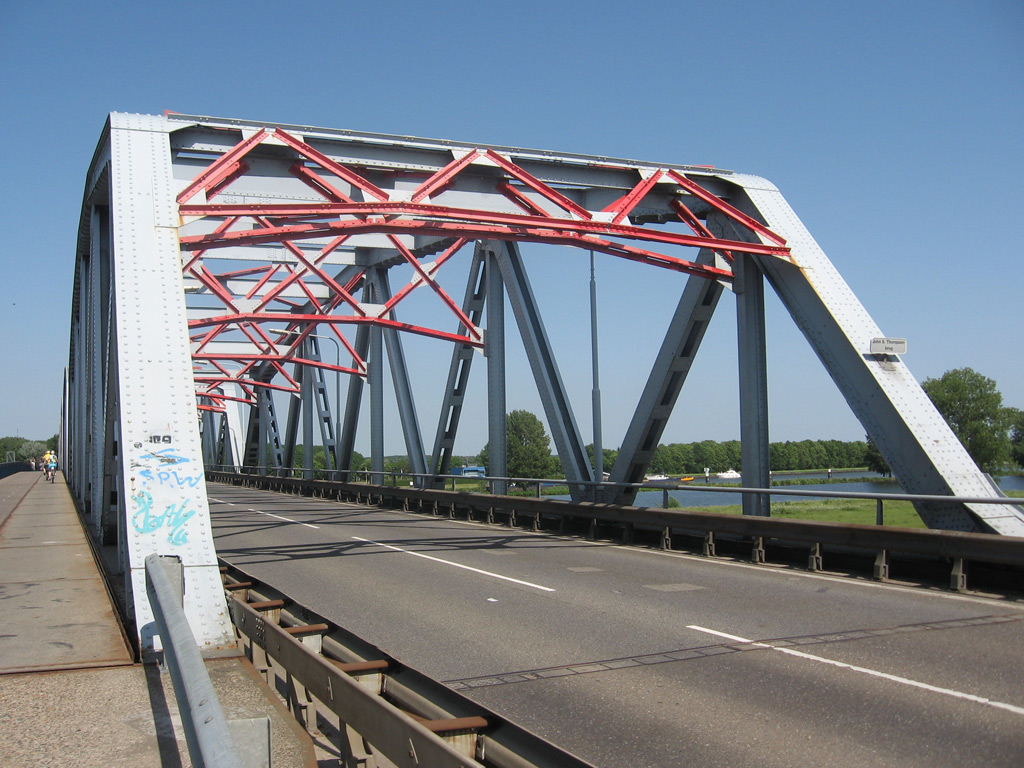
The bridge at Grave, over the Waal.
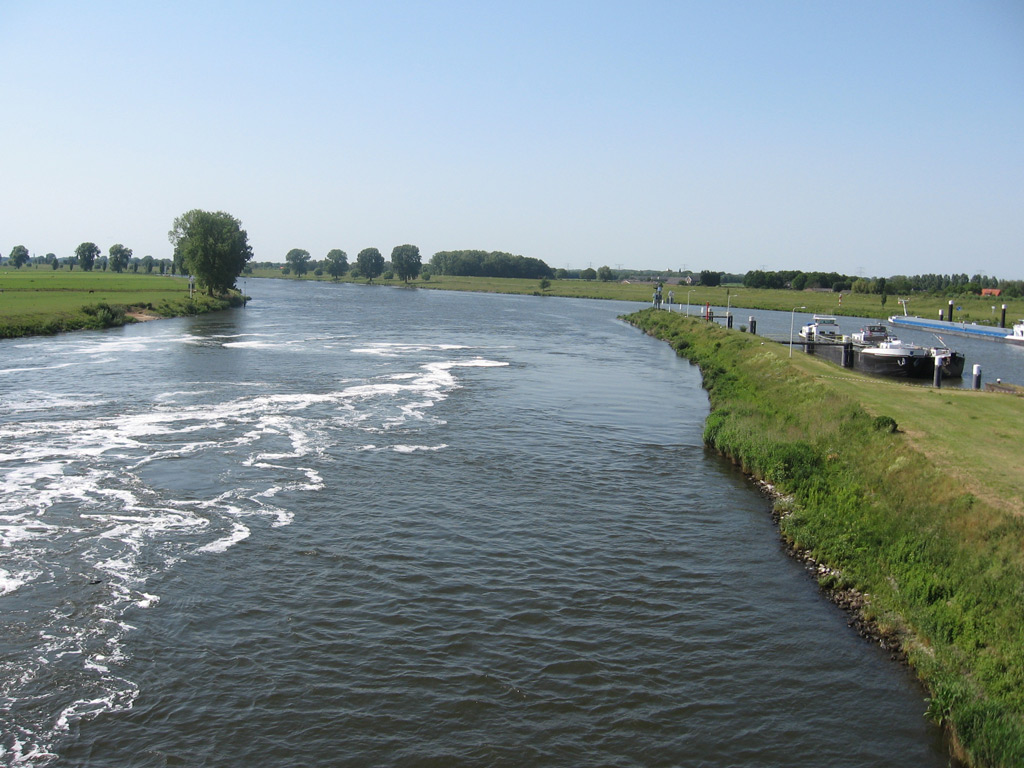
The Maas at Grave.
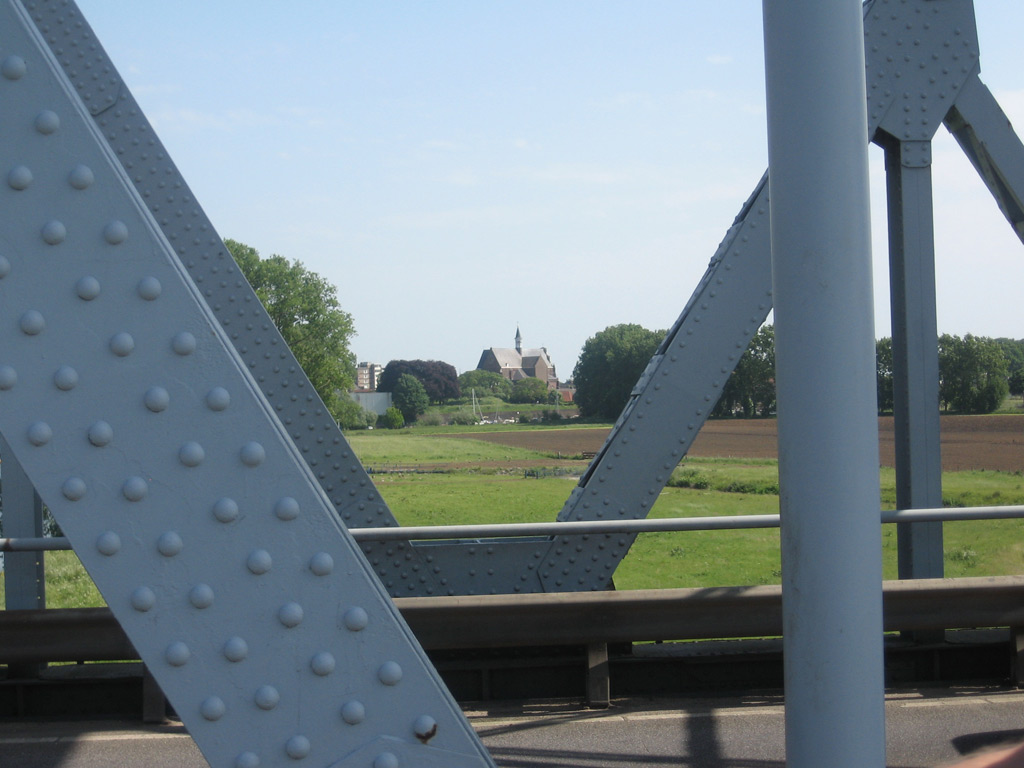
Grave, seen from the Maas bridge.
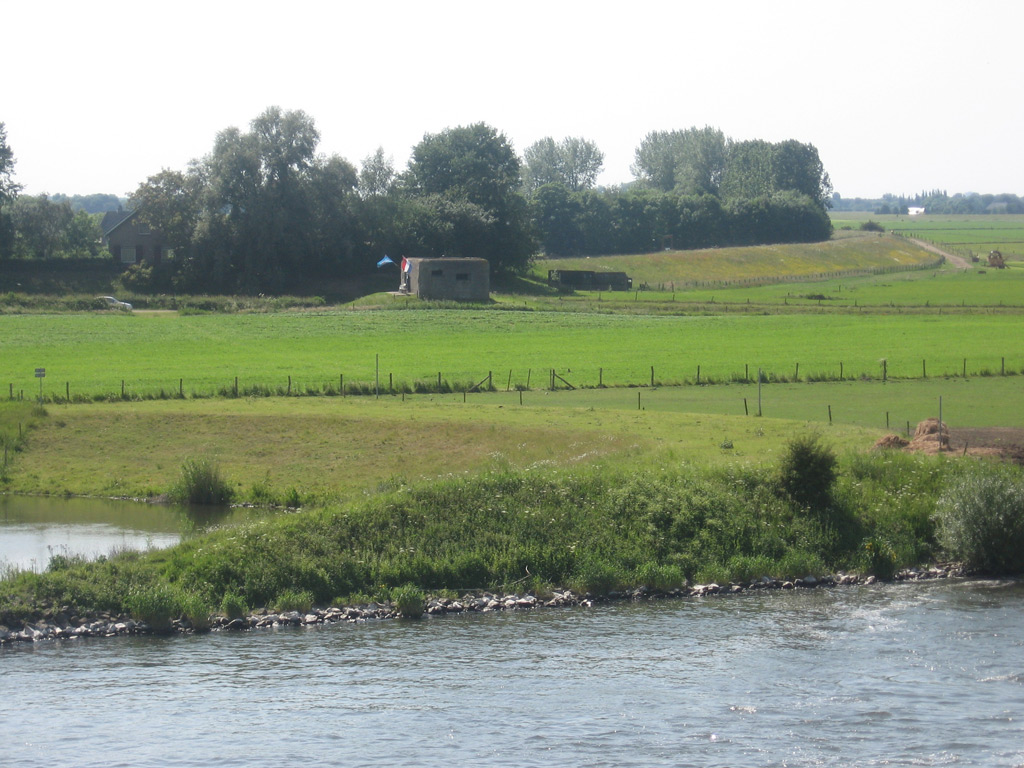
An old fortification near the bridge approach at Grave.
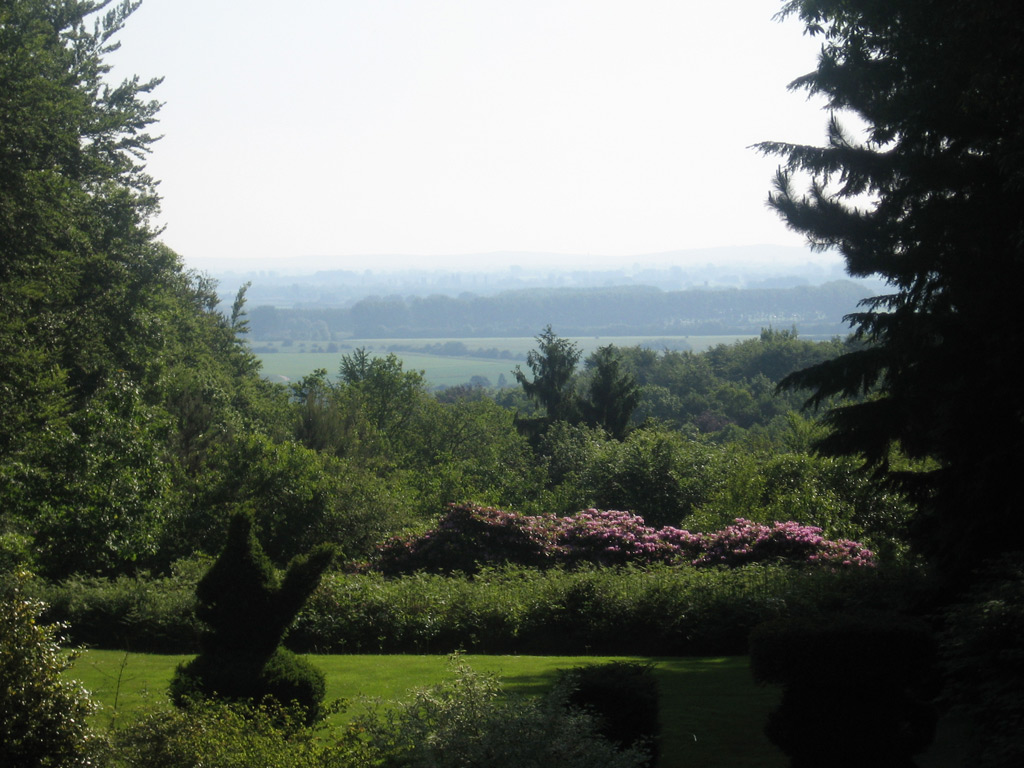
Looking north into the Waal river valley from the high ground just east of Nijmegen.
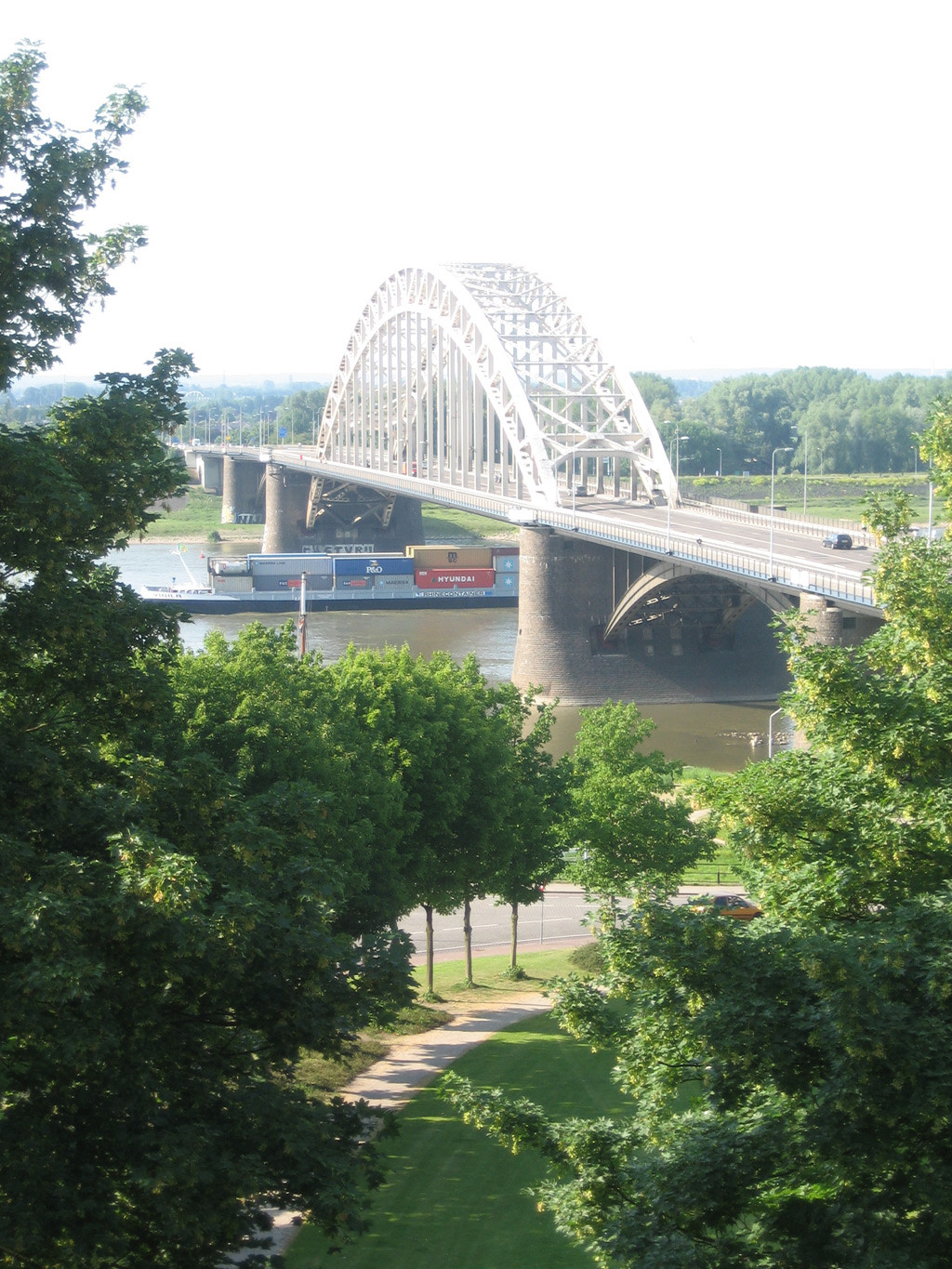
The Nijemegen road bridge, from the southern approach.
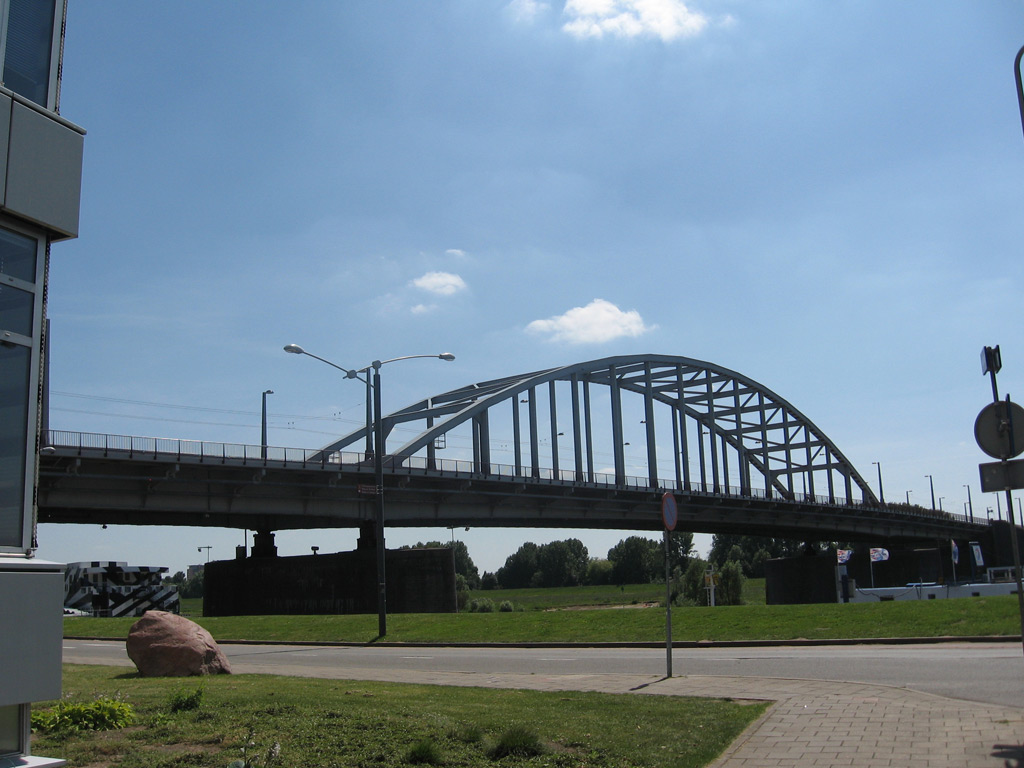
The bridge at Arnhem, rebuilt and renamed the John Frost Bridge.
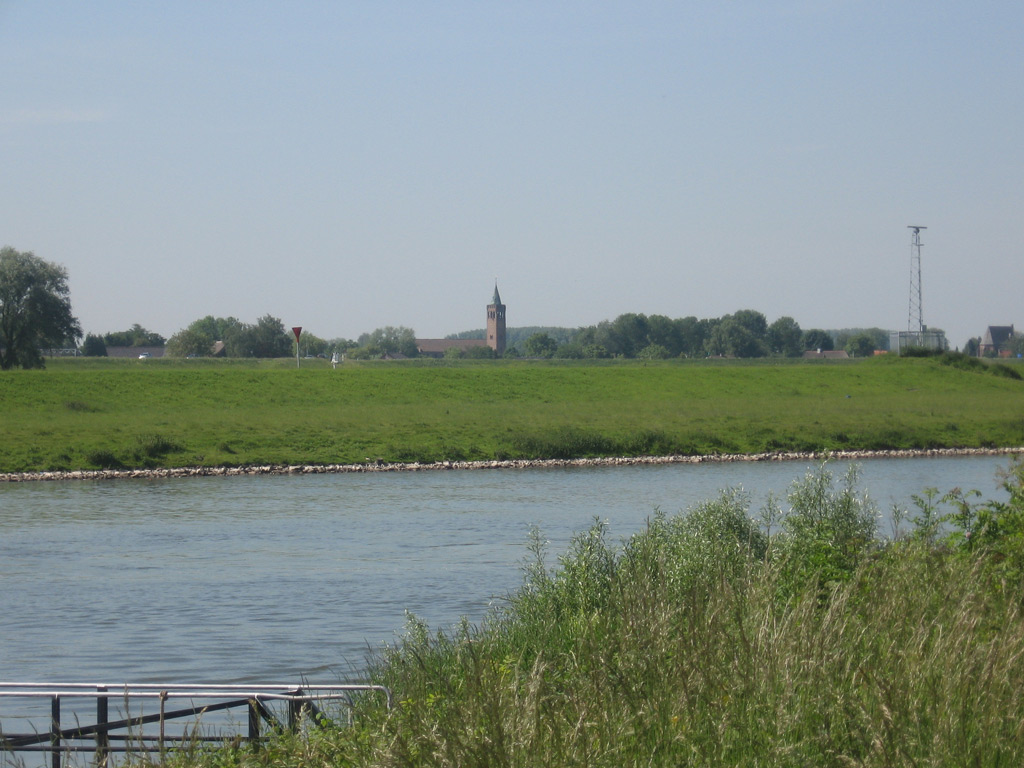
Looking across the Neder Rijn, from Oosterbeek, just west of Arnhem, to Driel.
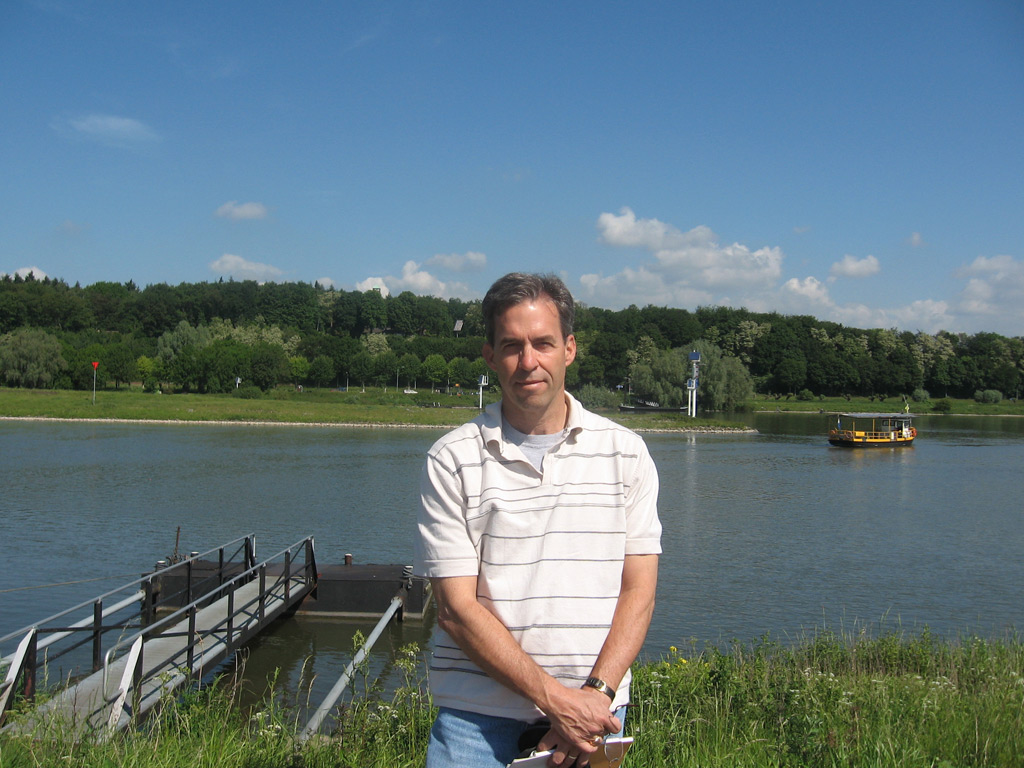
Rick at Driel ferry crossing, looking across the Neder Rijn toward Oosterbeek.
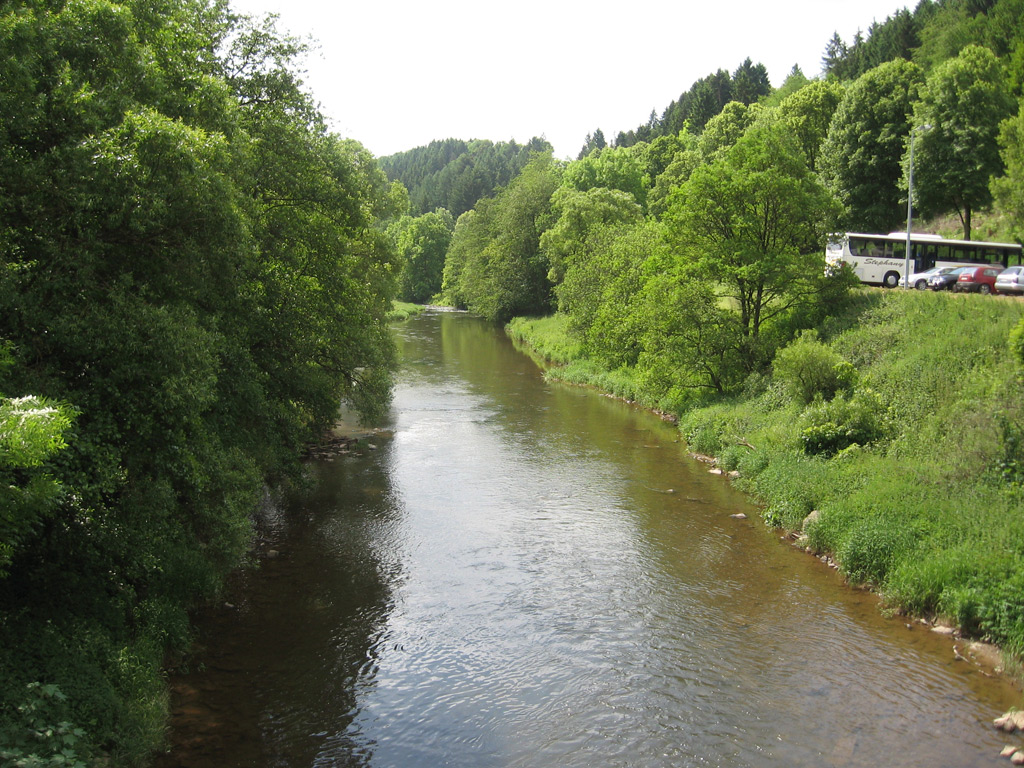
The Our River, separating Luxembourg from Germany, where the Fifth Panzer Army attacked in the Battle of the Bulge.
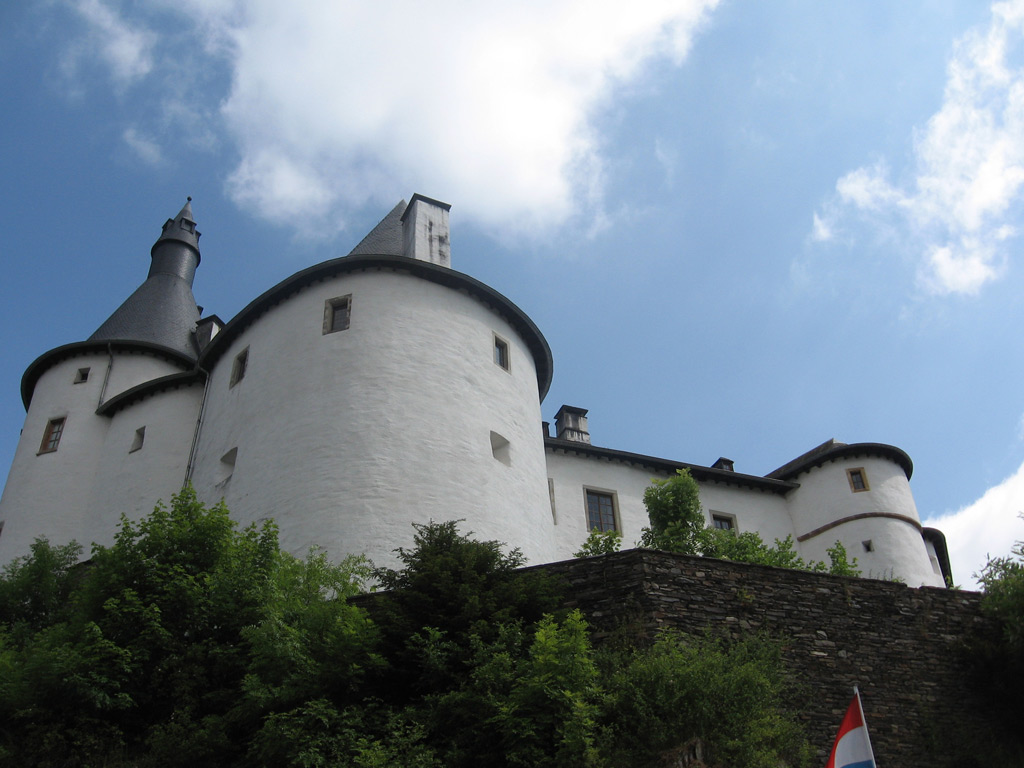
The feudal castle in Clervaux, Luxembourg, where soldiers from the 110th Infantry held out.
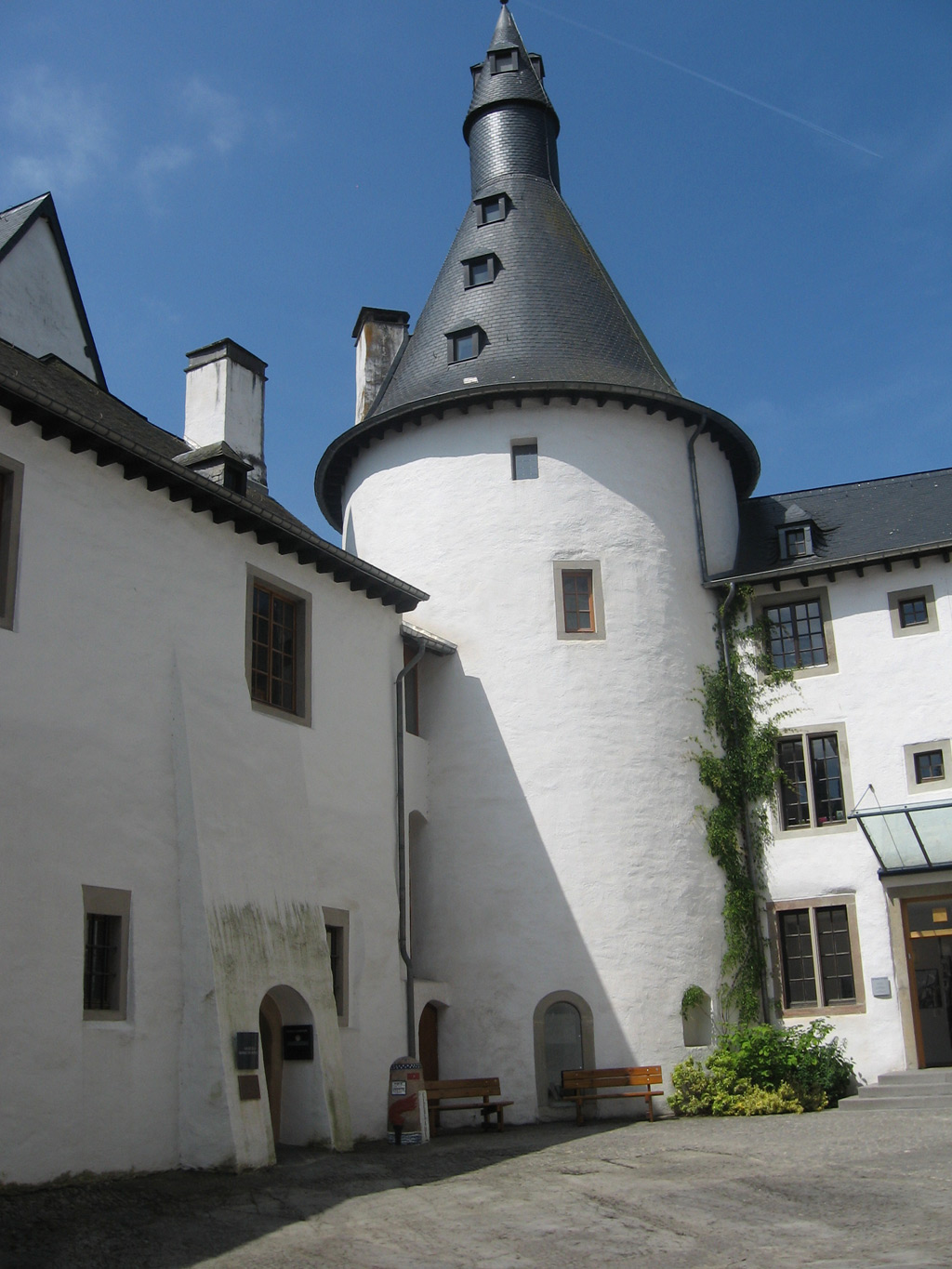
The courtyard of the castle in Clervaux.

The Hotel Claravallis, command post in Clervaux for the 110th Infantry, where Col. Harley E. Fuller escaped from a rear window.
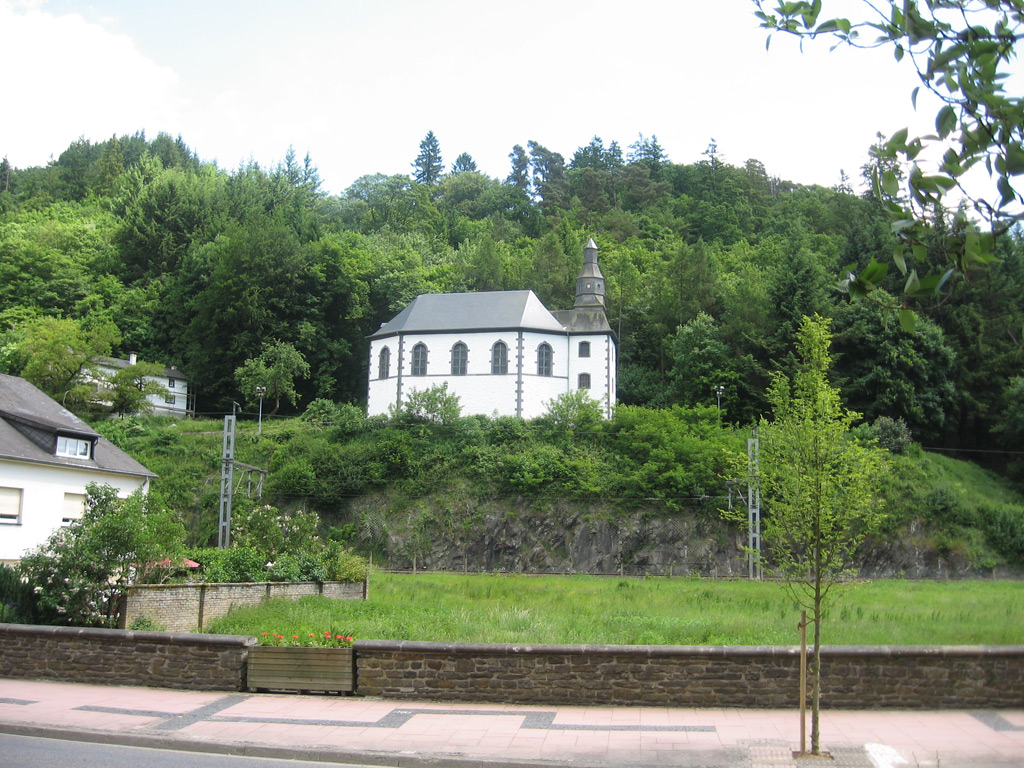
An old chapel across from the Hotel Claravallis in Clervaux.
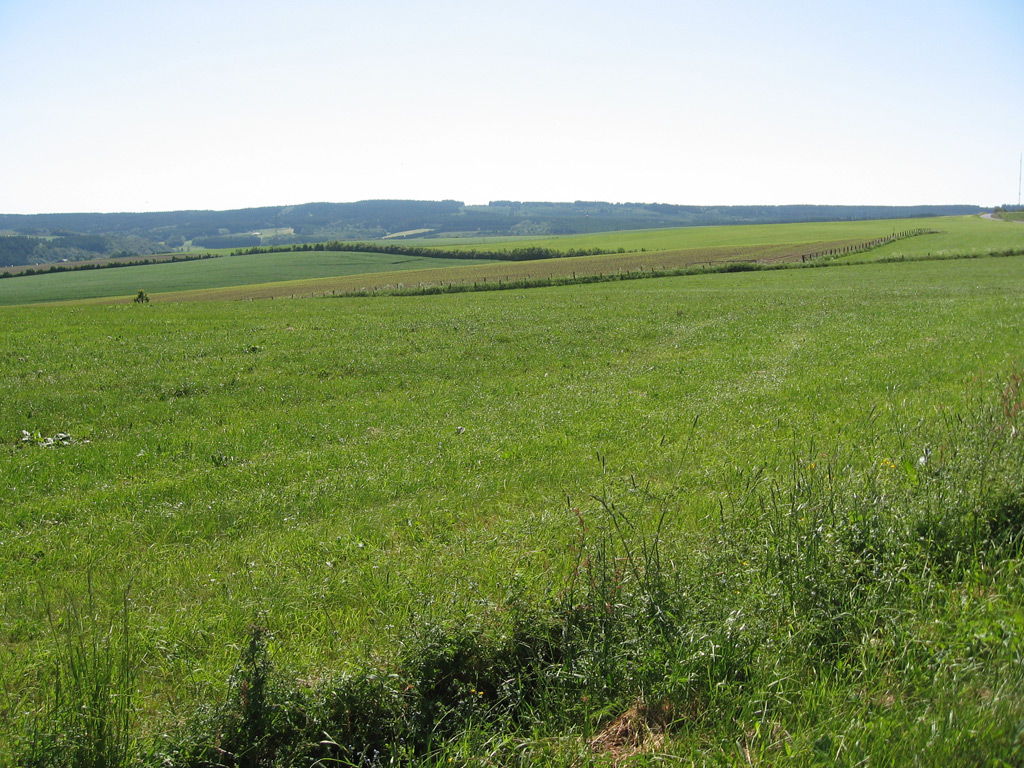
Looking east toward the Schnee Eifel on the German-Belgian border, where much of the German attack fell in the Battle of the Bulge.
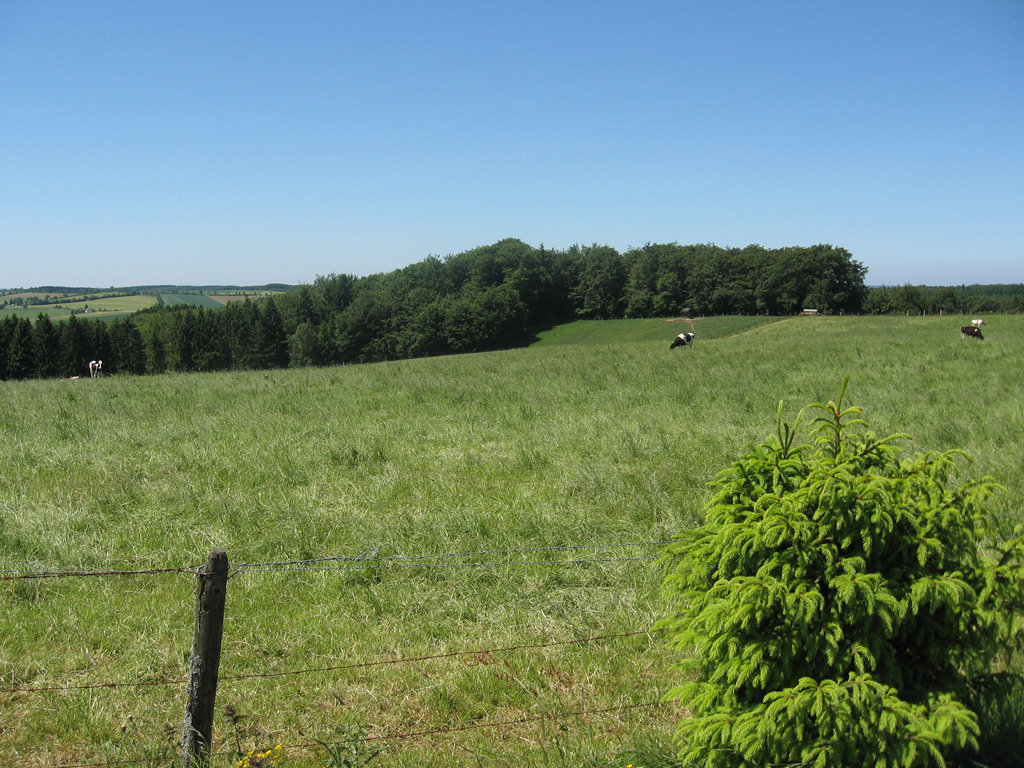
In this rolling terrain near Bleialf, east of St. Vith, much of the U.S. 106th Infantry Division was trapped and destroyed in Dec. 1944.
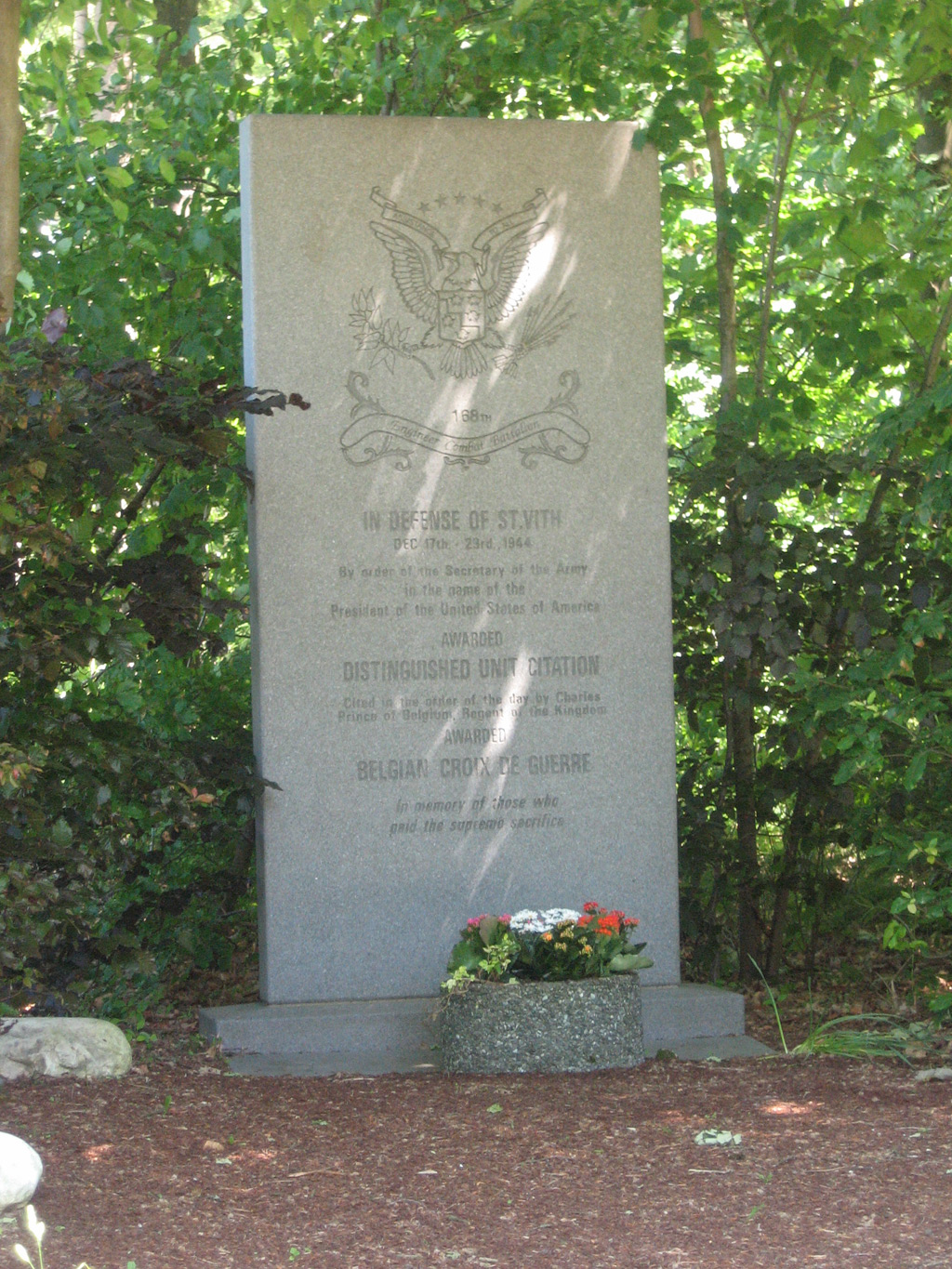
A memorial to the 168th Engineer Combat Battalion for the unit’s heroic defense of St. Vith during the Bulge.
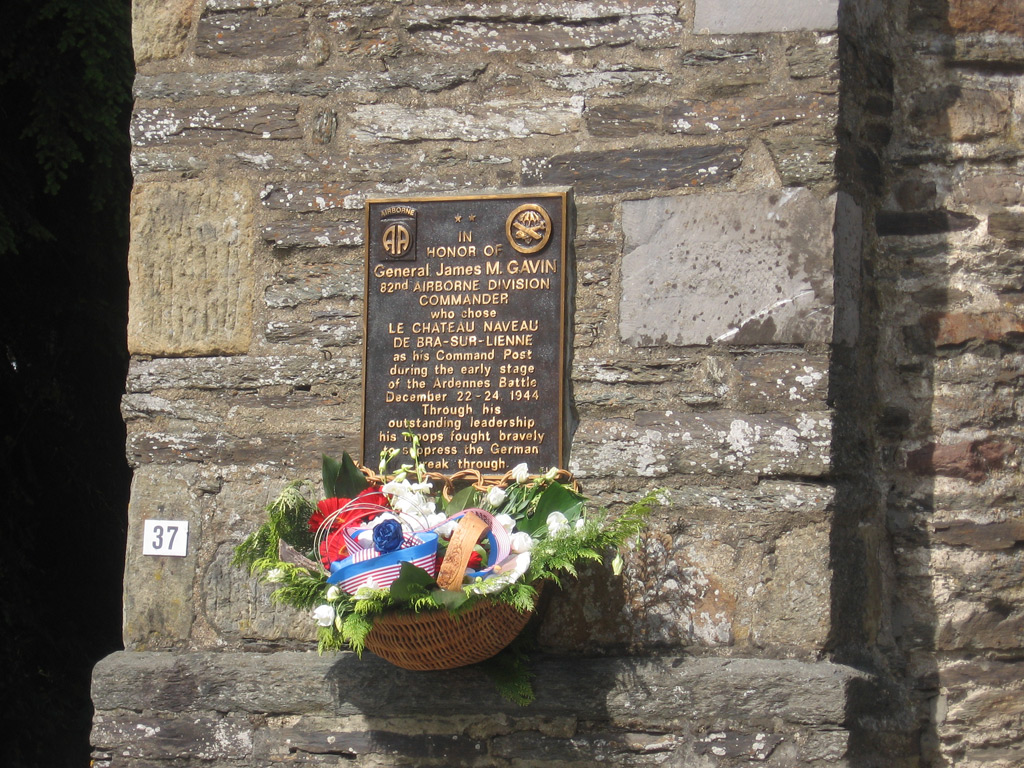
A plaque commemorating Gen. James Gavin’s command post during the Bulge.
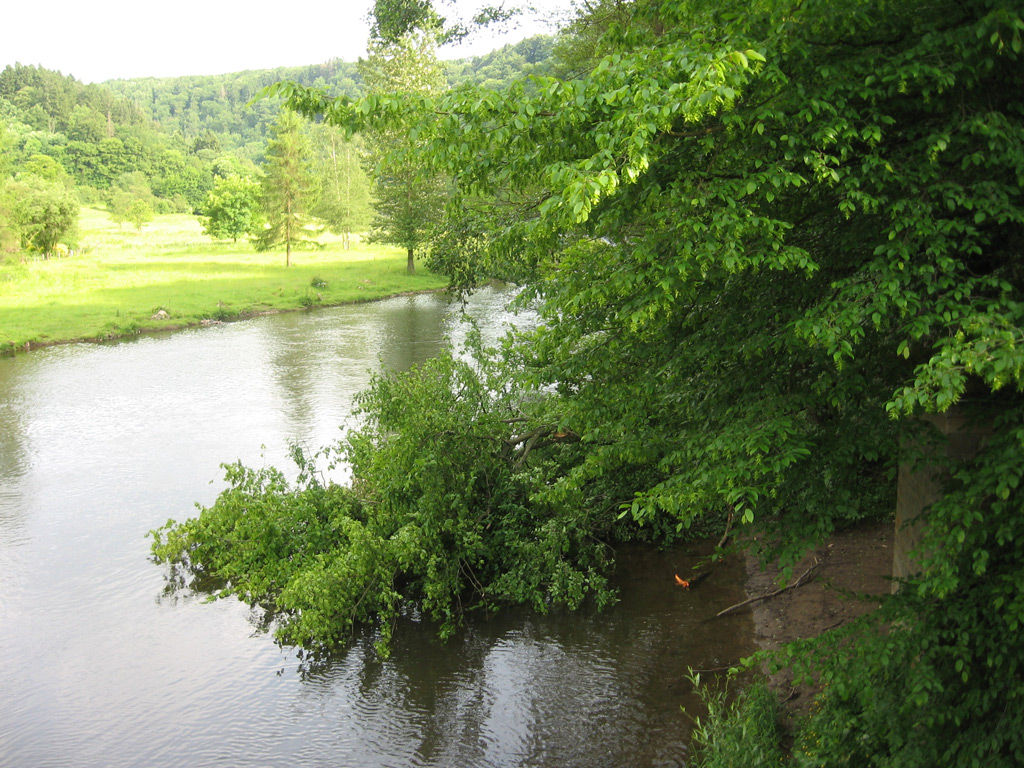
The Ambleve river, west of Stoumont, near the farthest point reached by Joachim Peiper’s SS column during the Bulge.
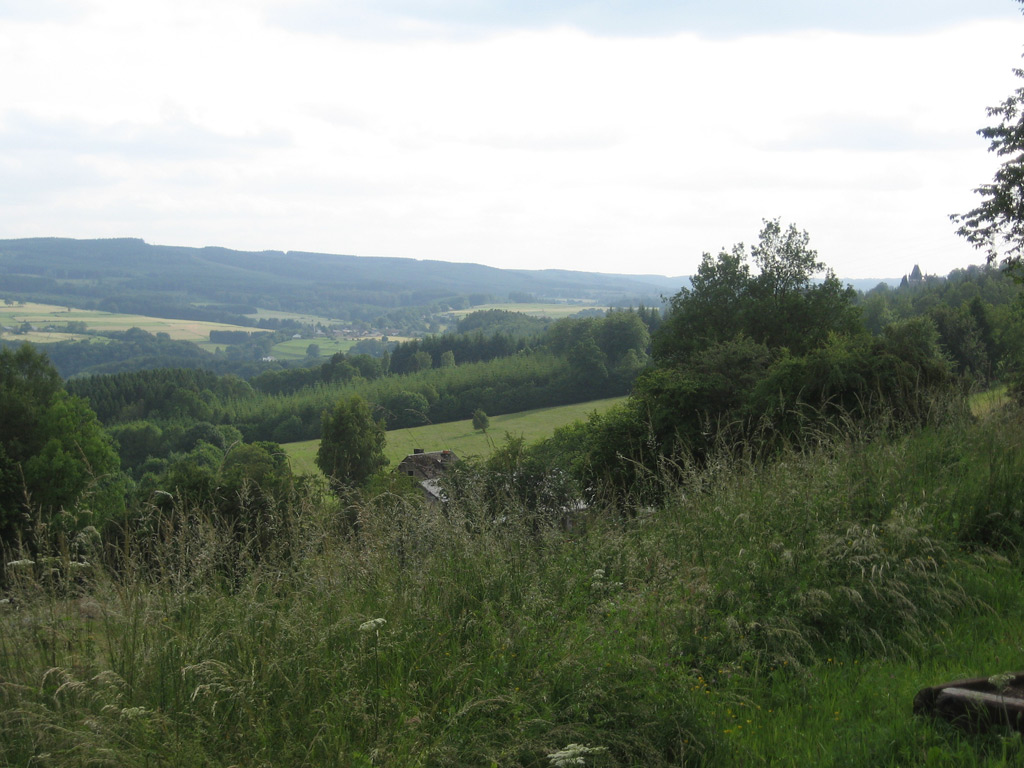
The terrain near La Gleize, Belgium, where Peiper and the remnants of his command holed up after their drive toward the Meuse stalled.
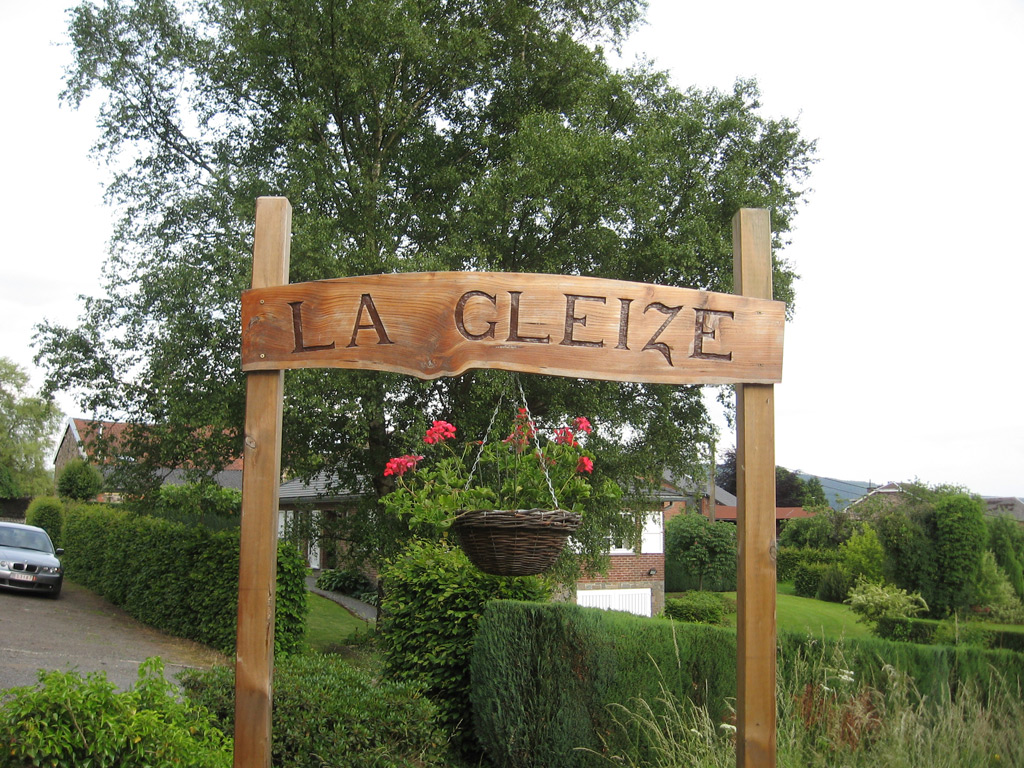
La Gleize, utterly destroyed in Dec. 1944, is again a pretty Belgian village.
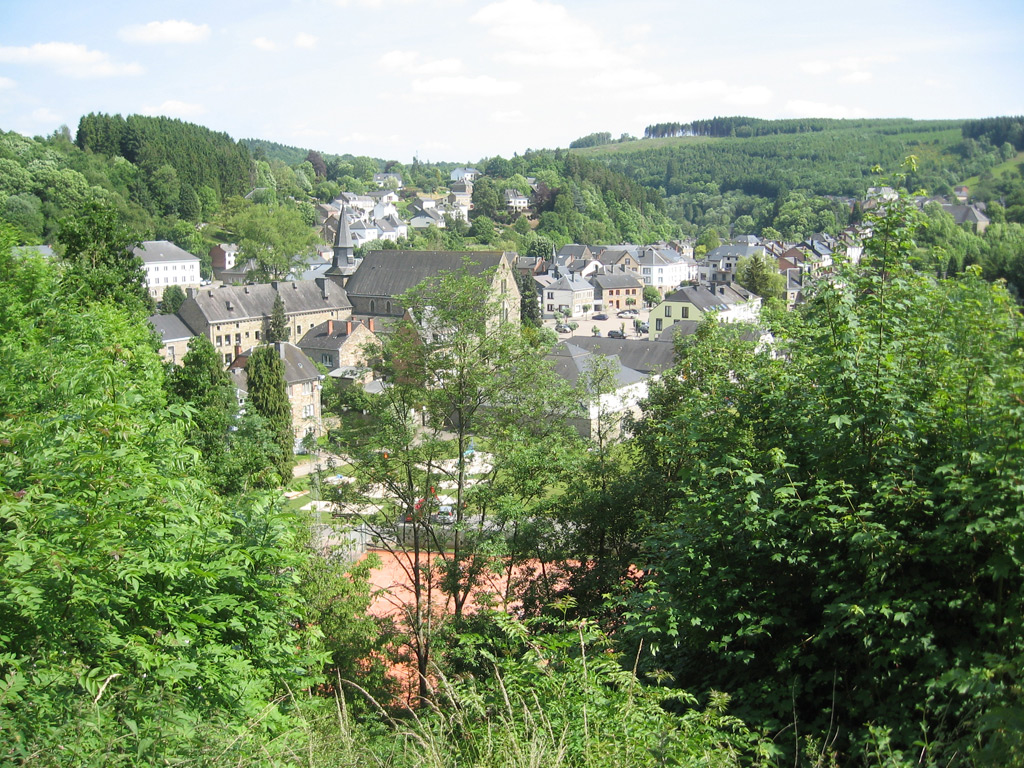
Houffalize in the Ardennes, where the U.S. First and Third Armies met on Jan. 16, 1945, to pinch the waist of the Bulge.
